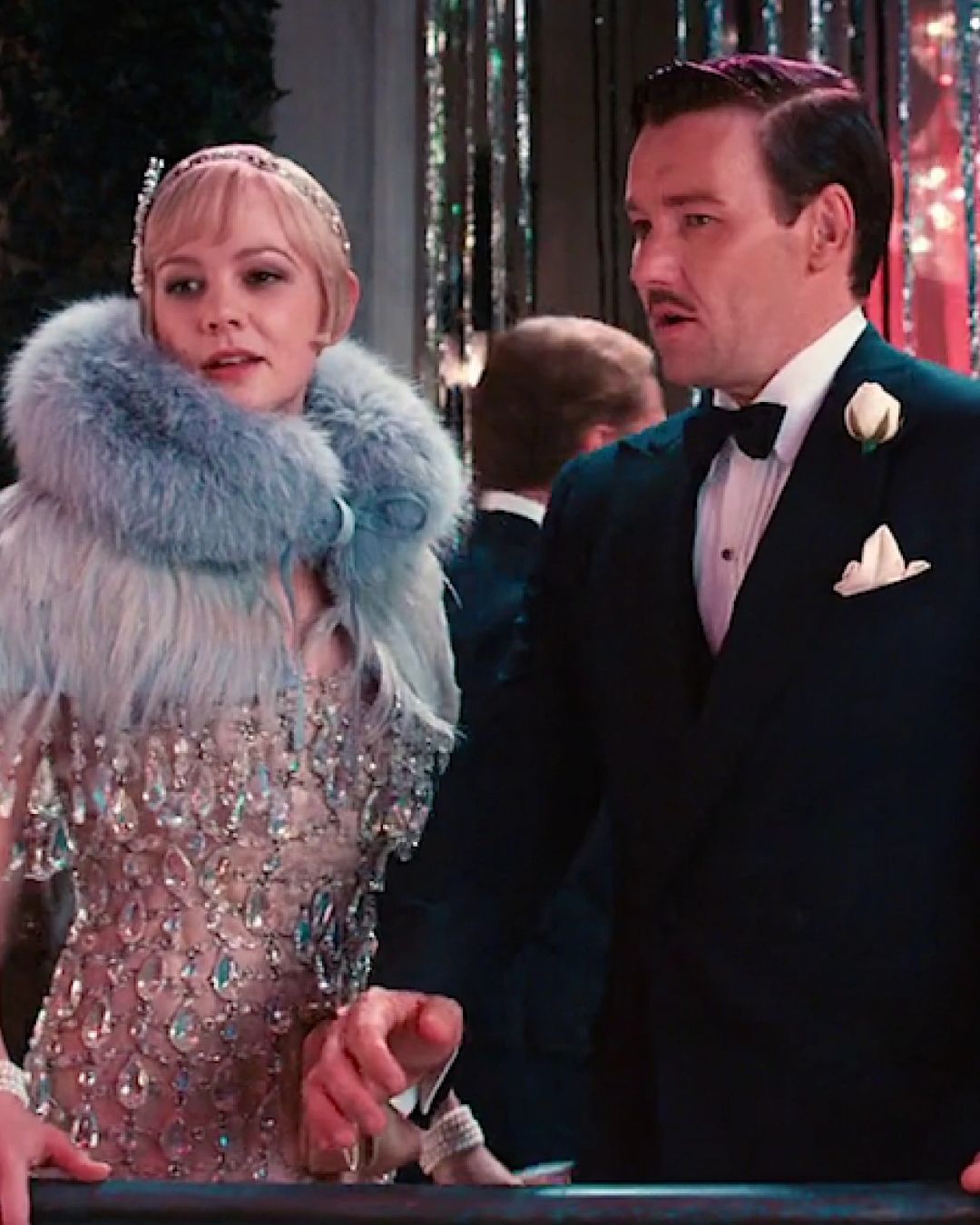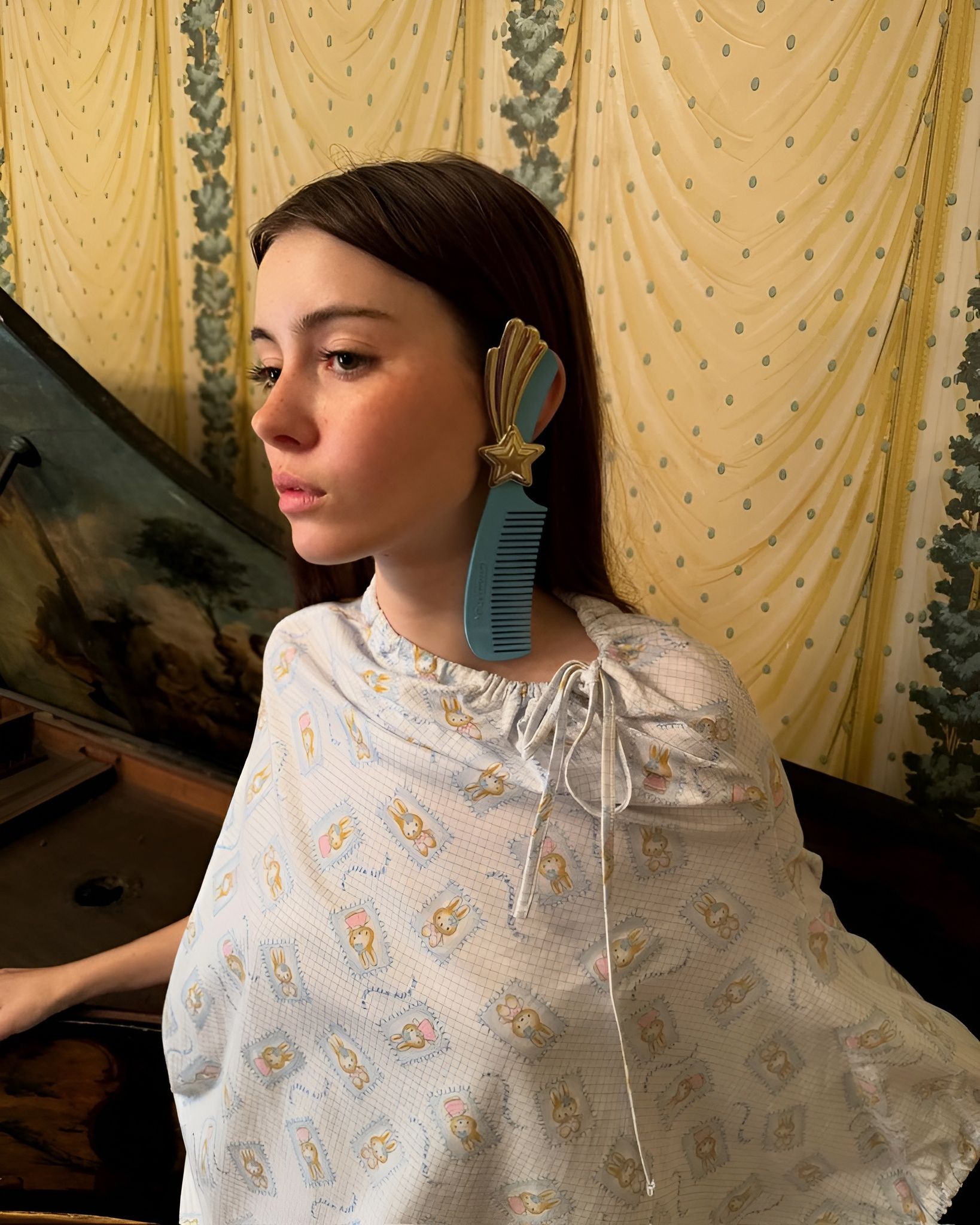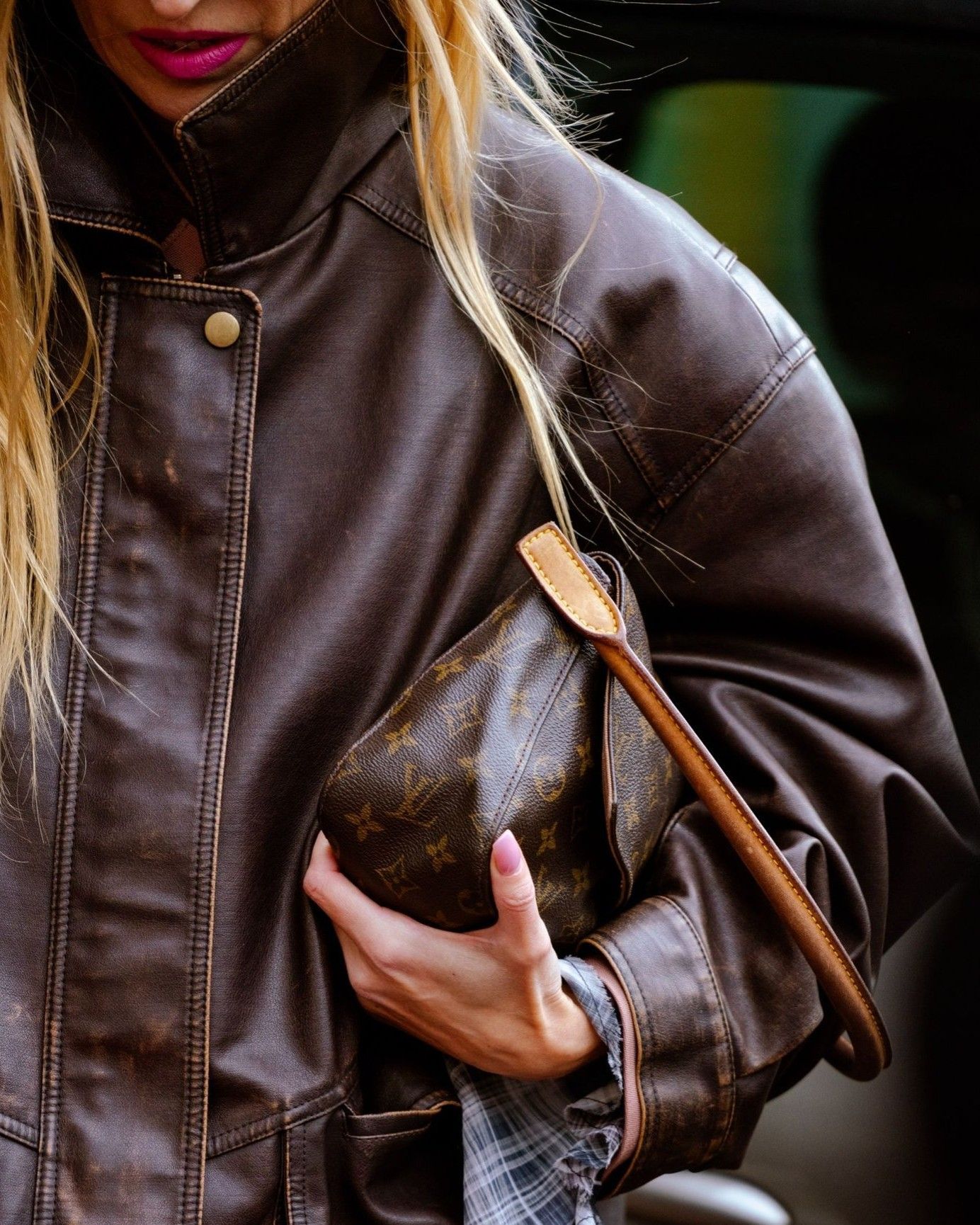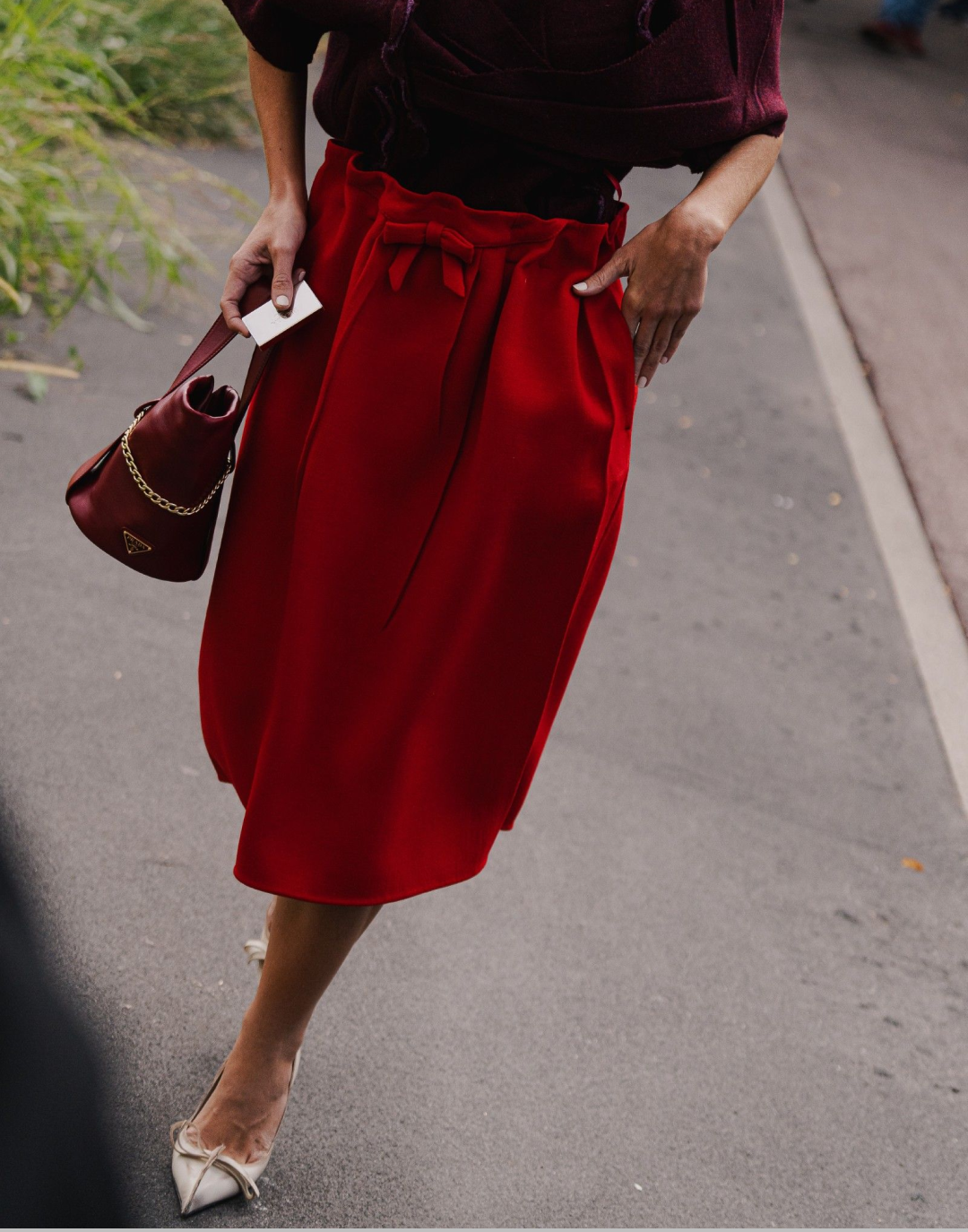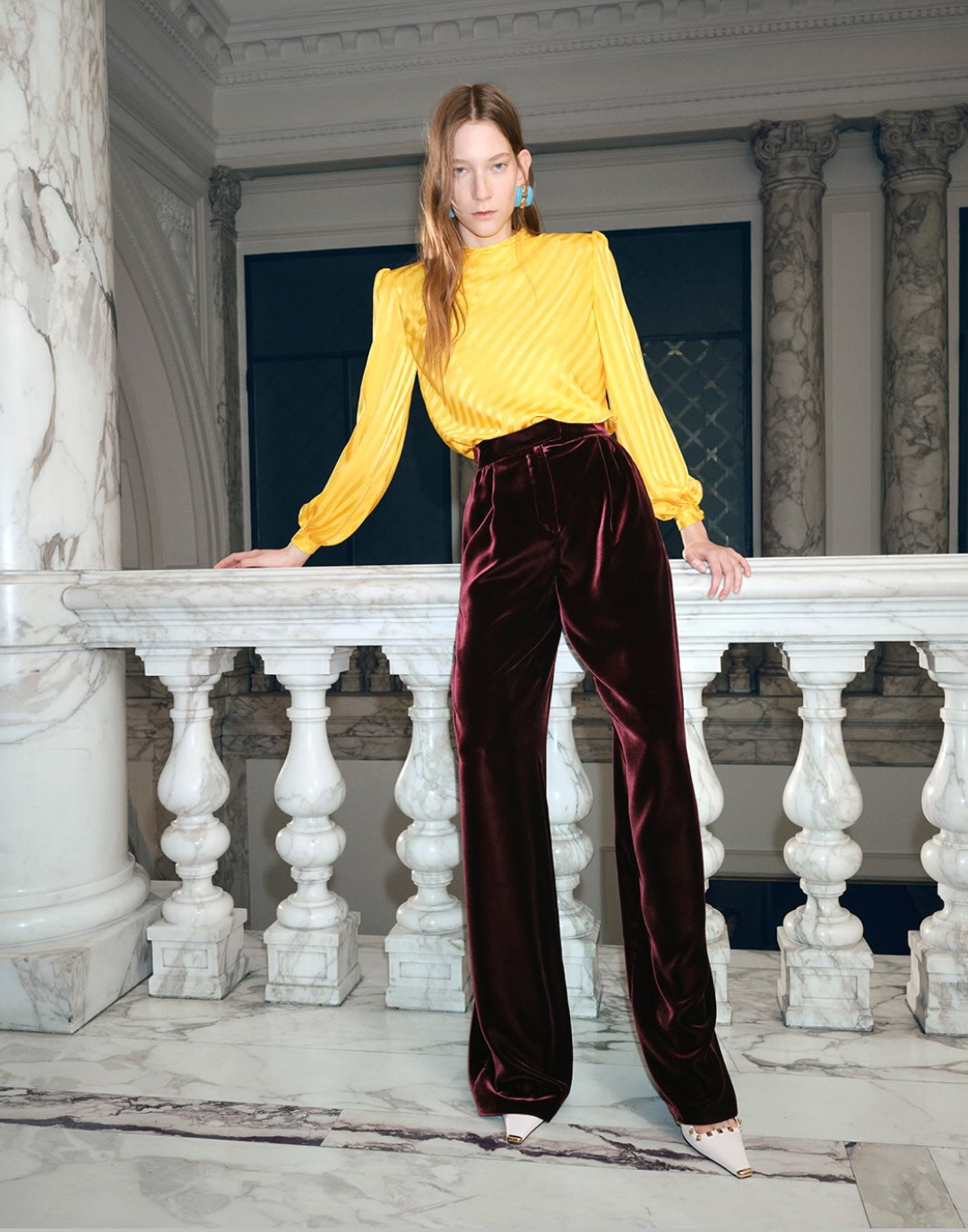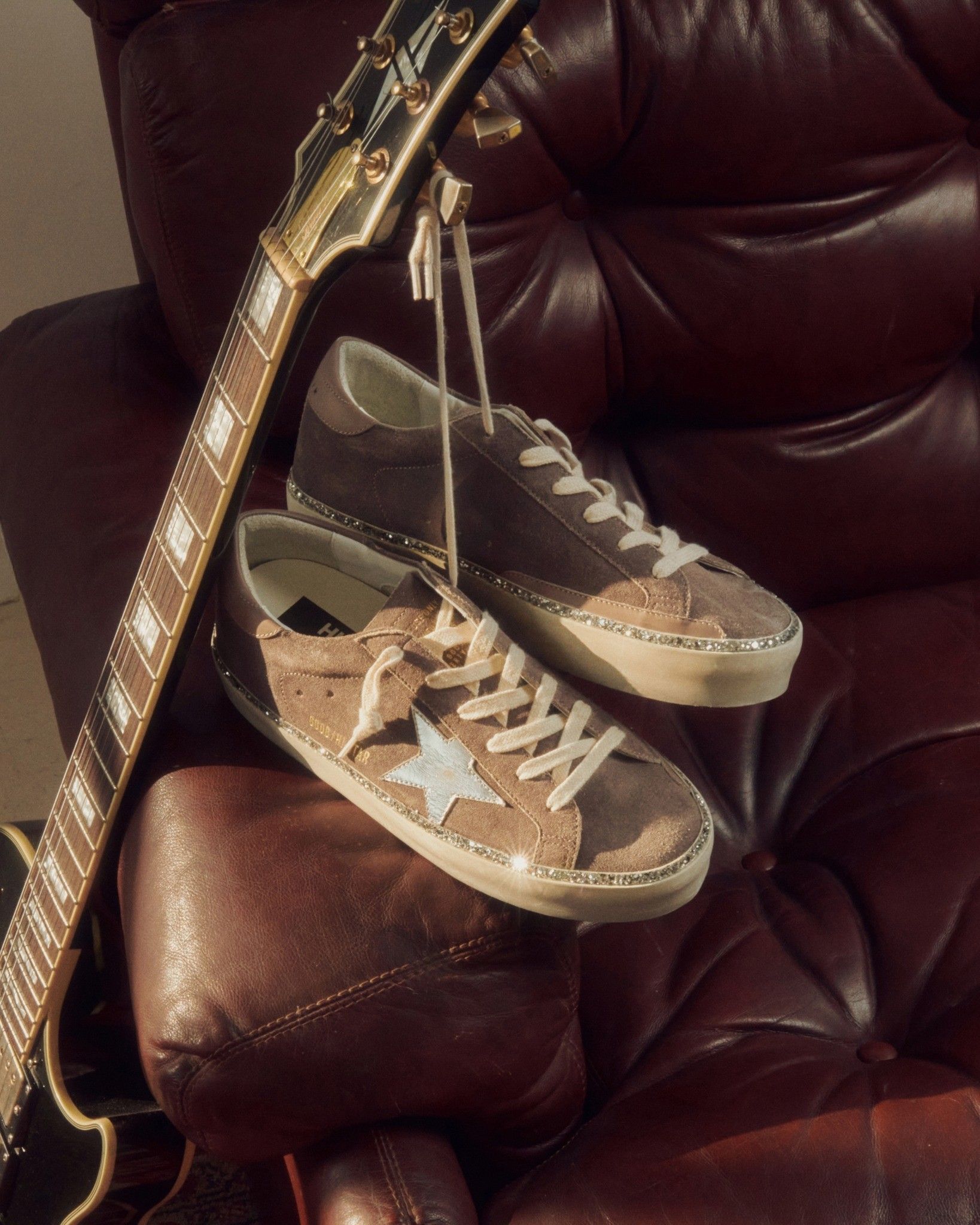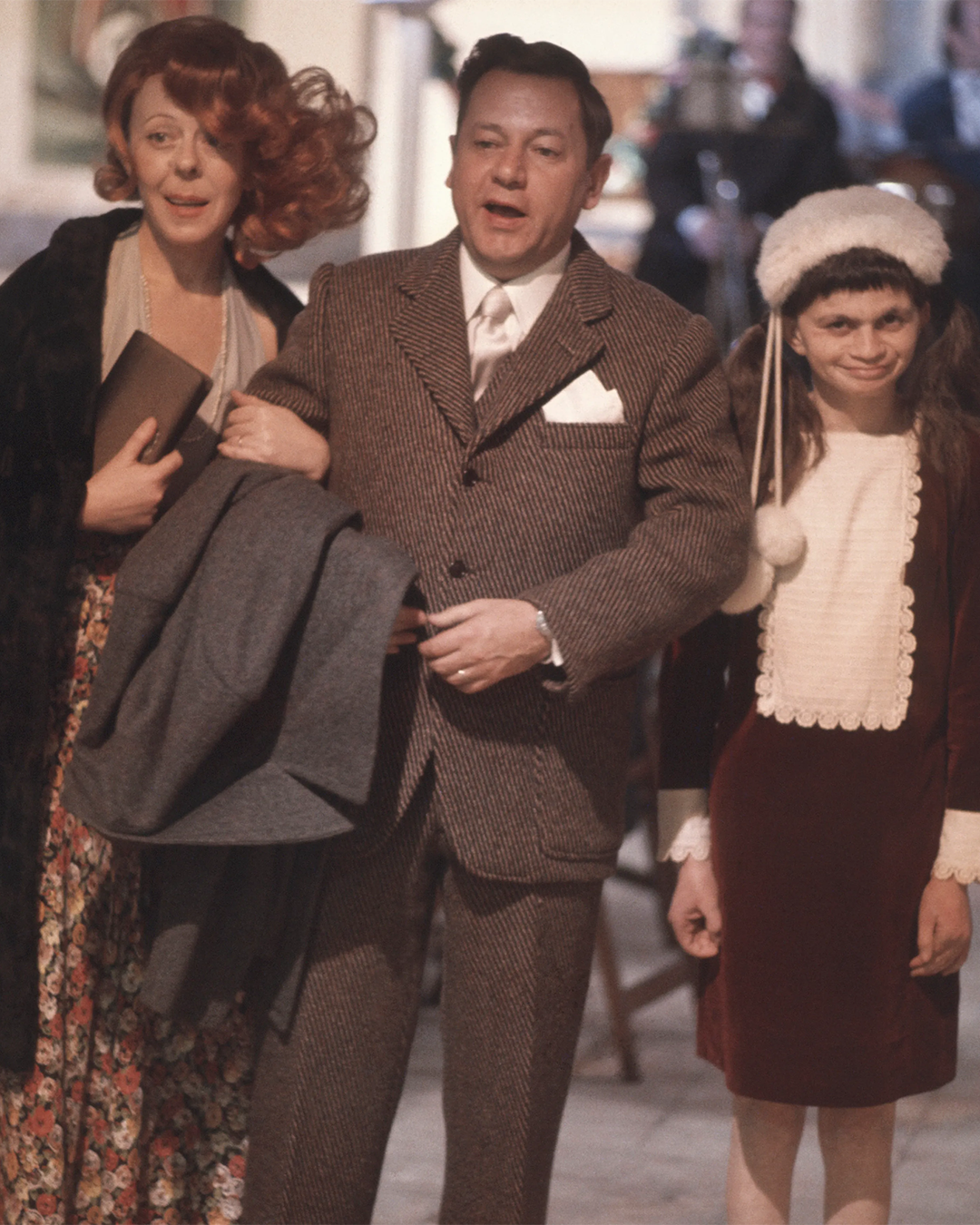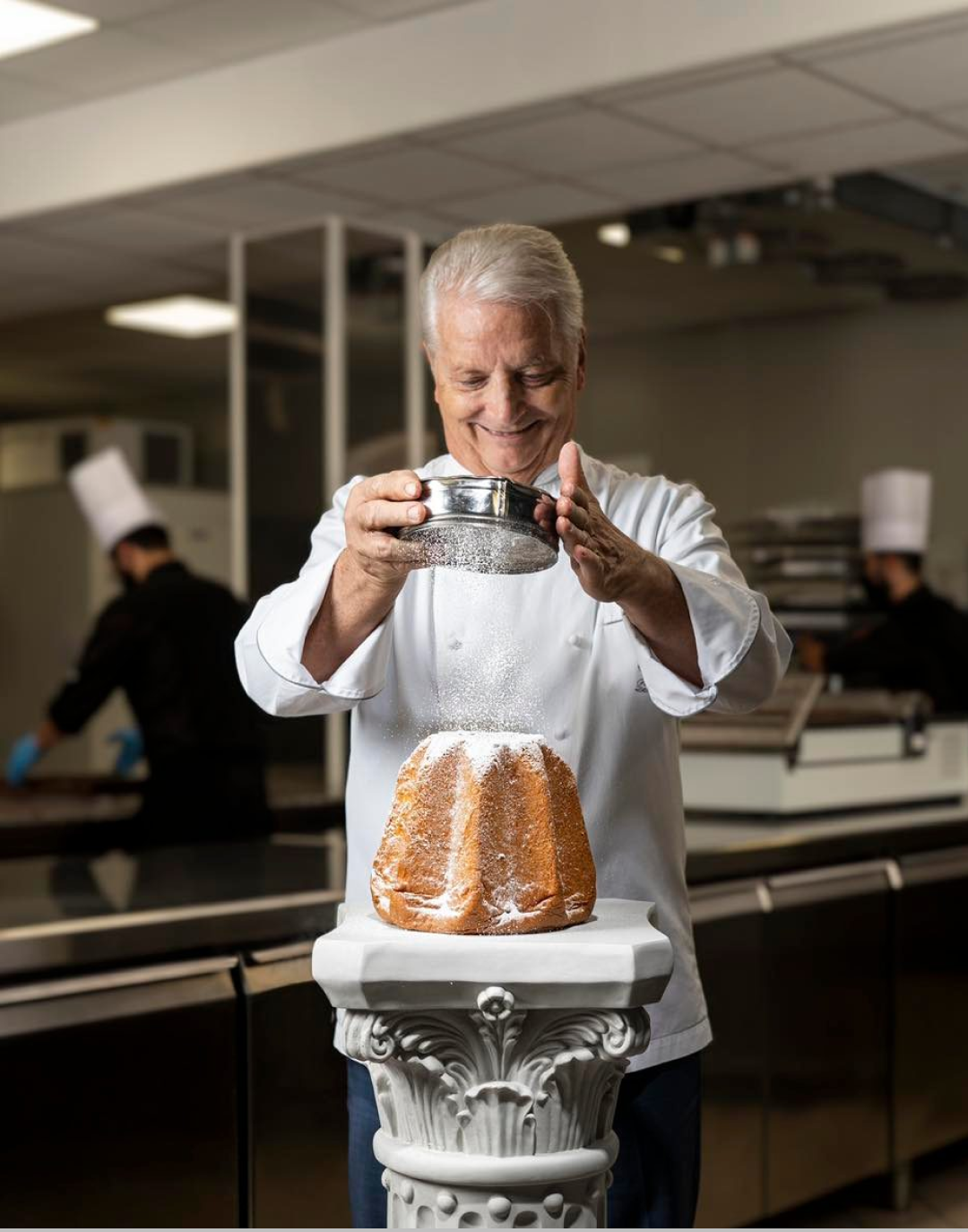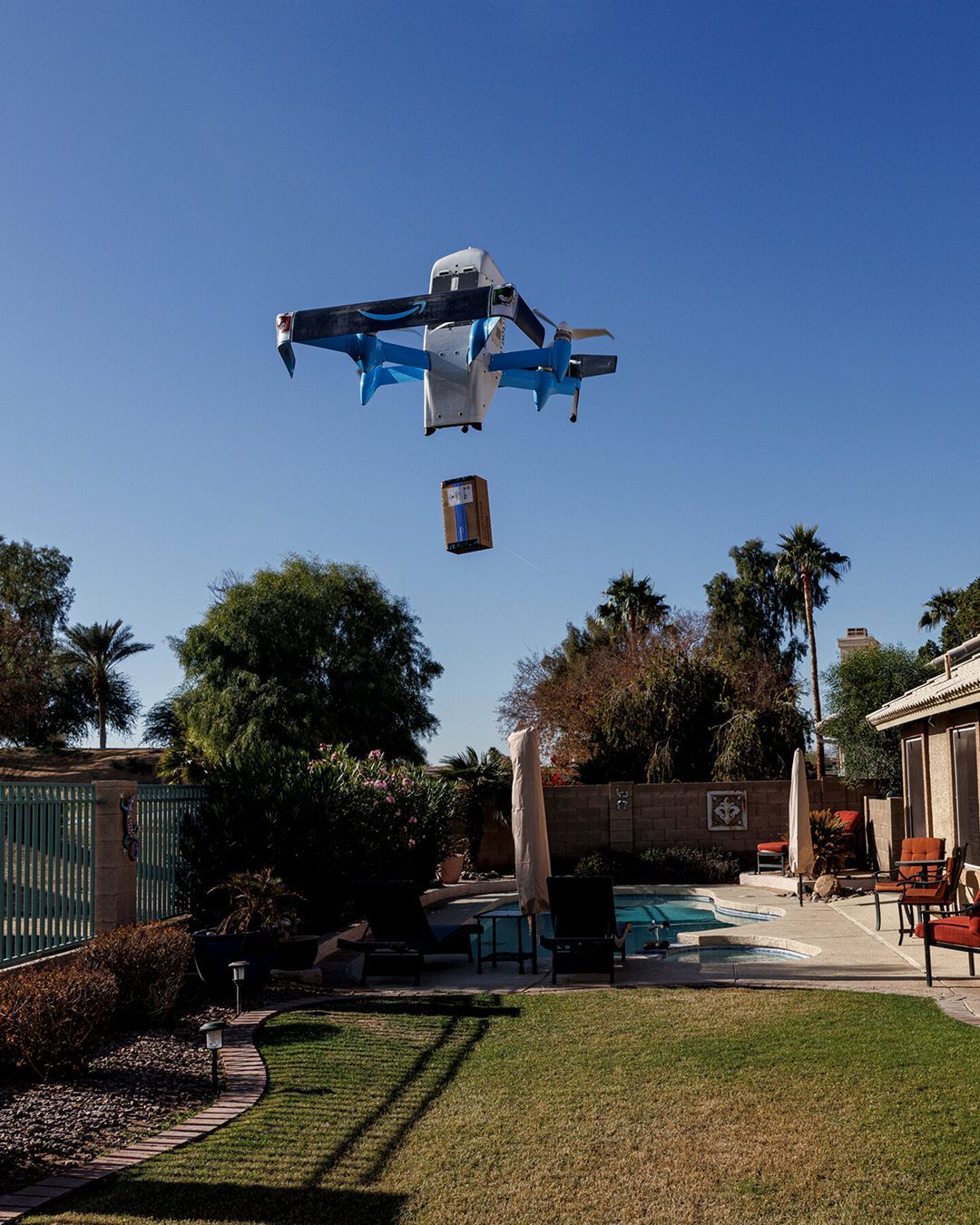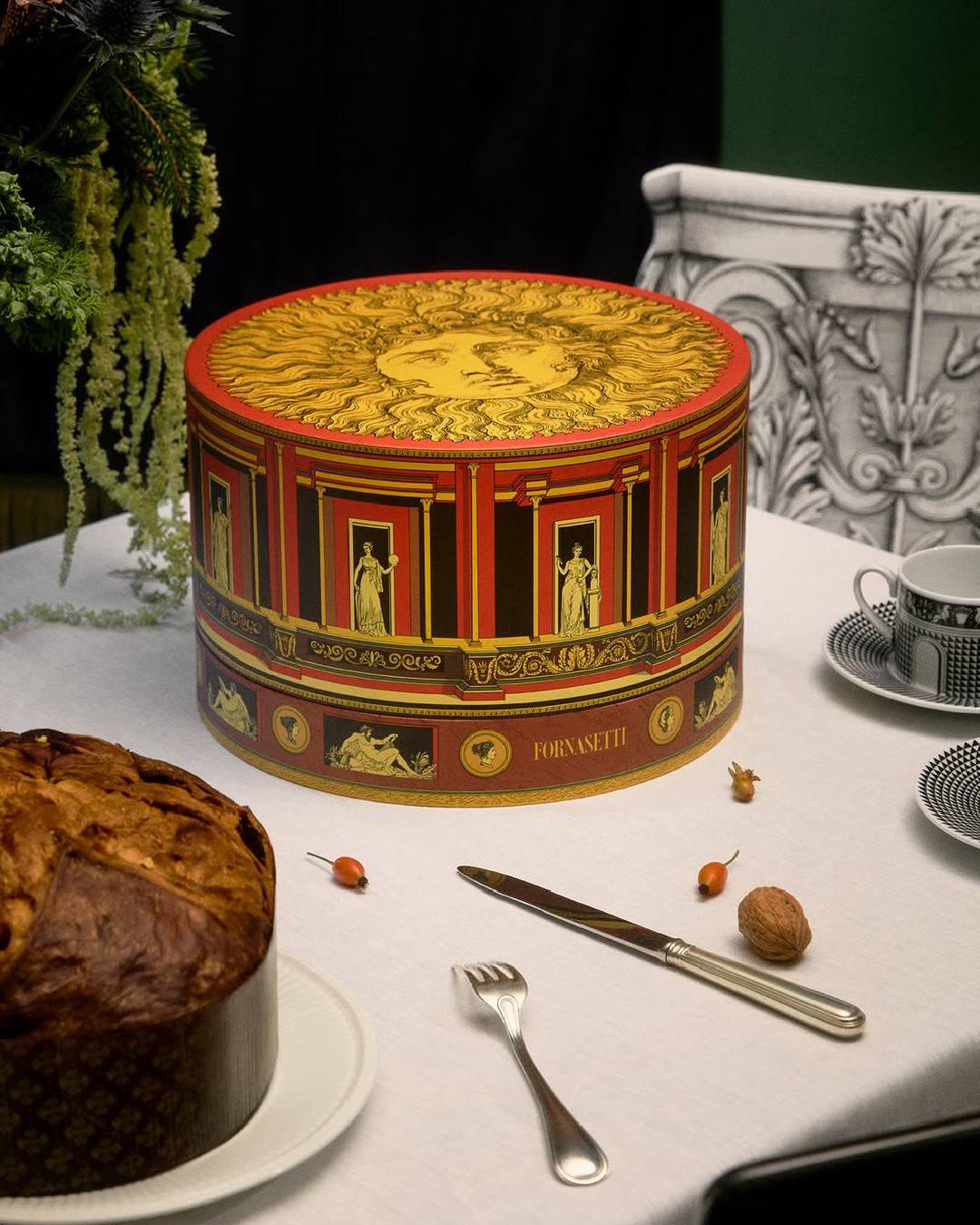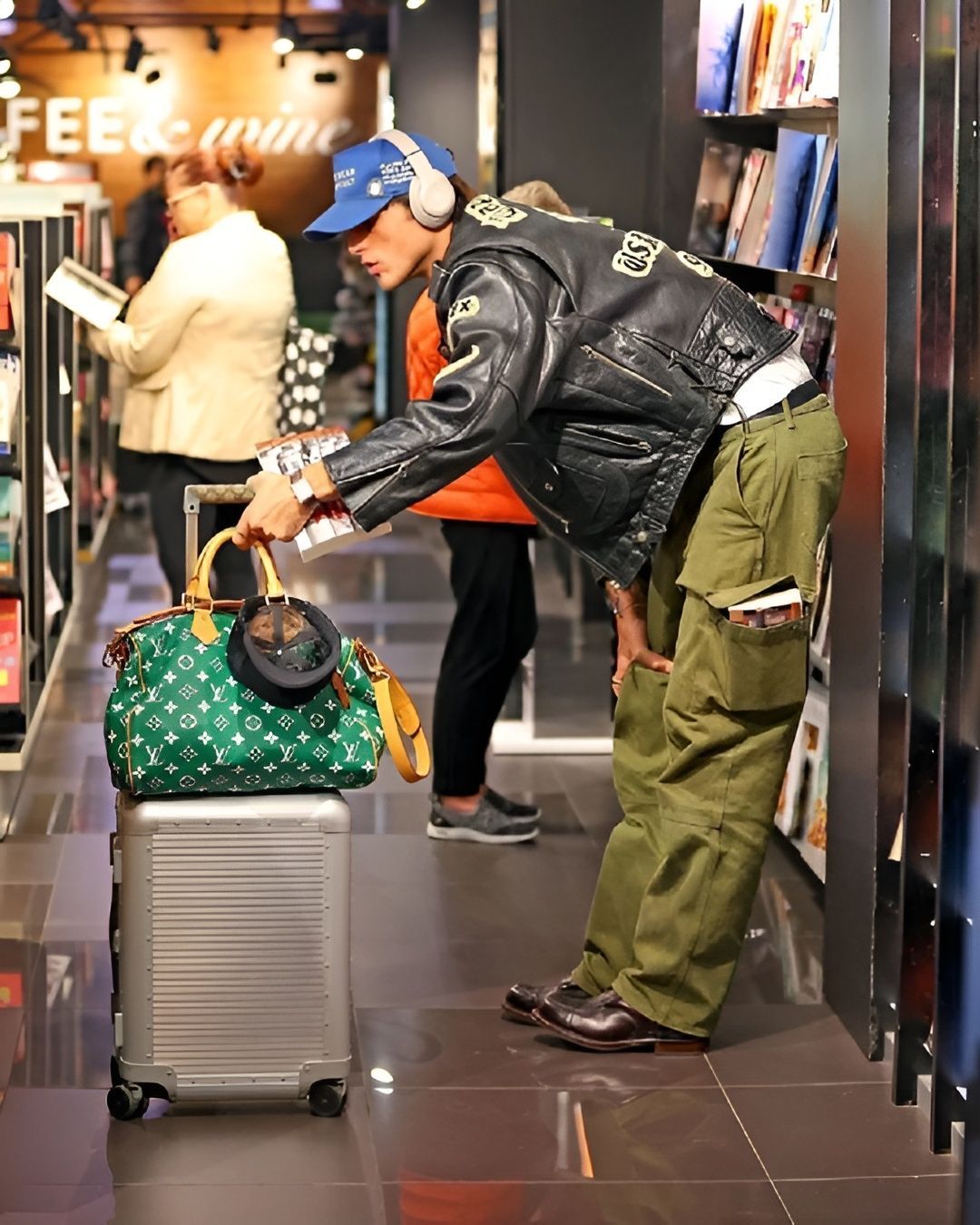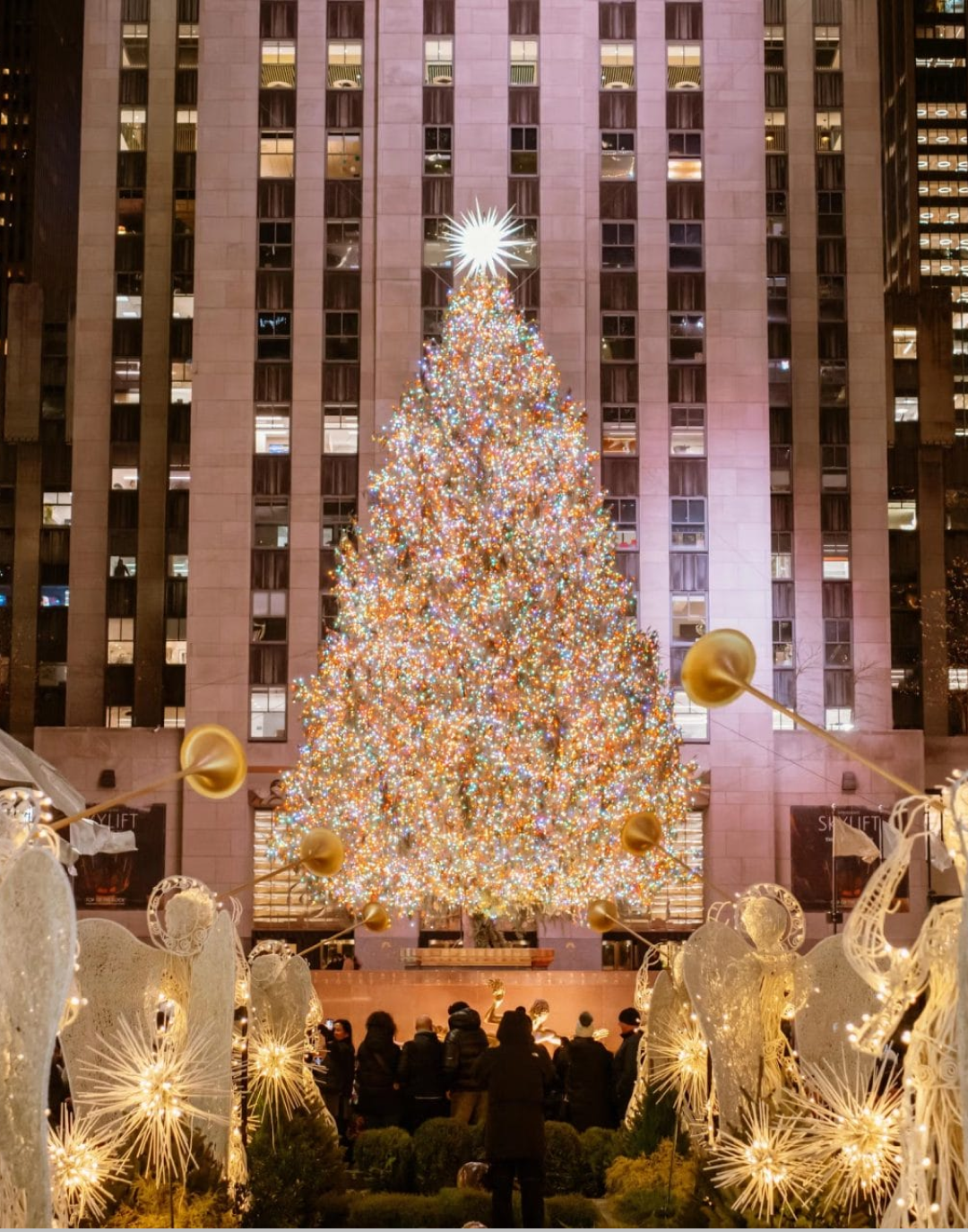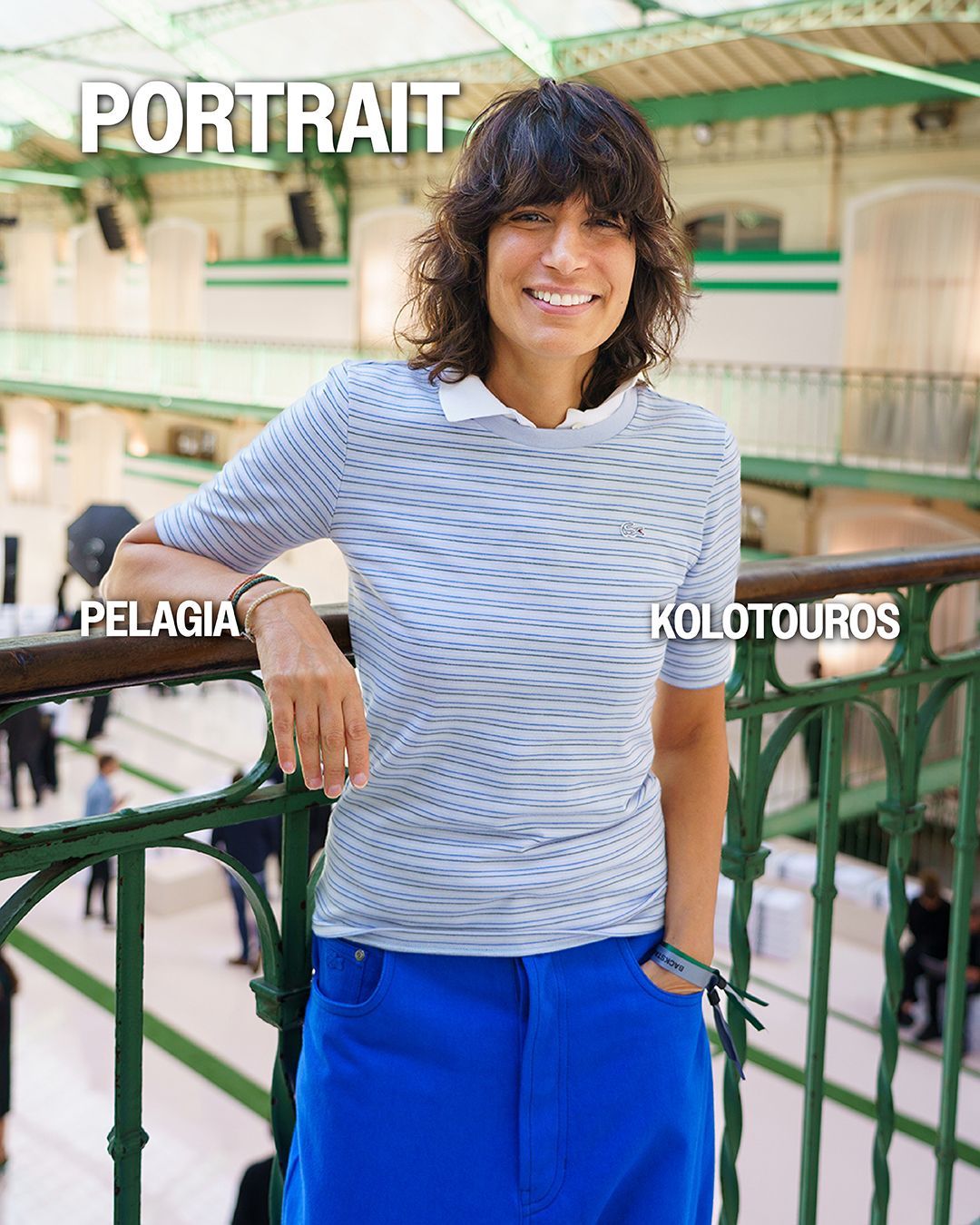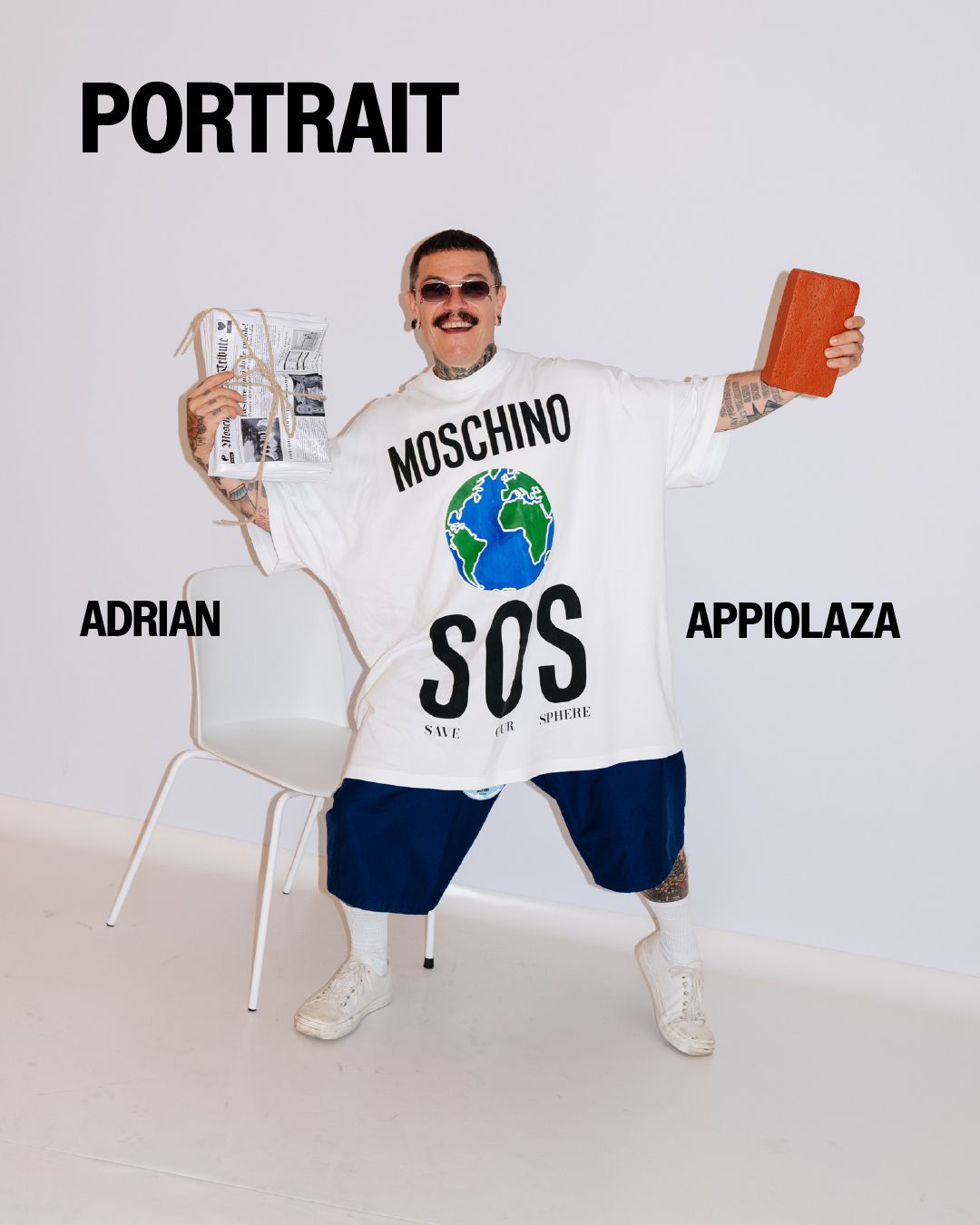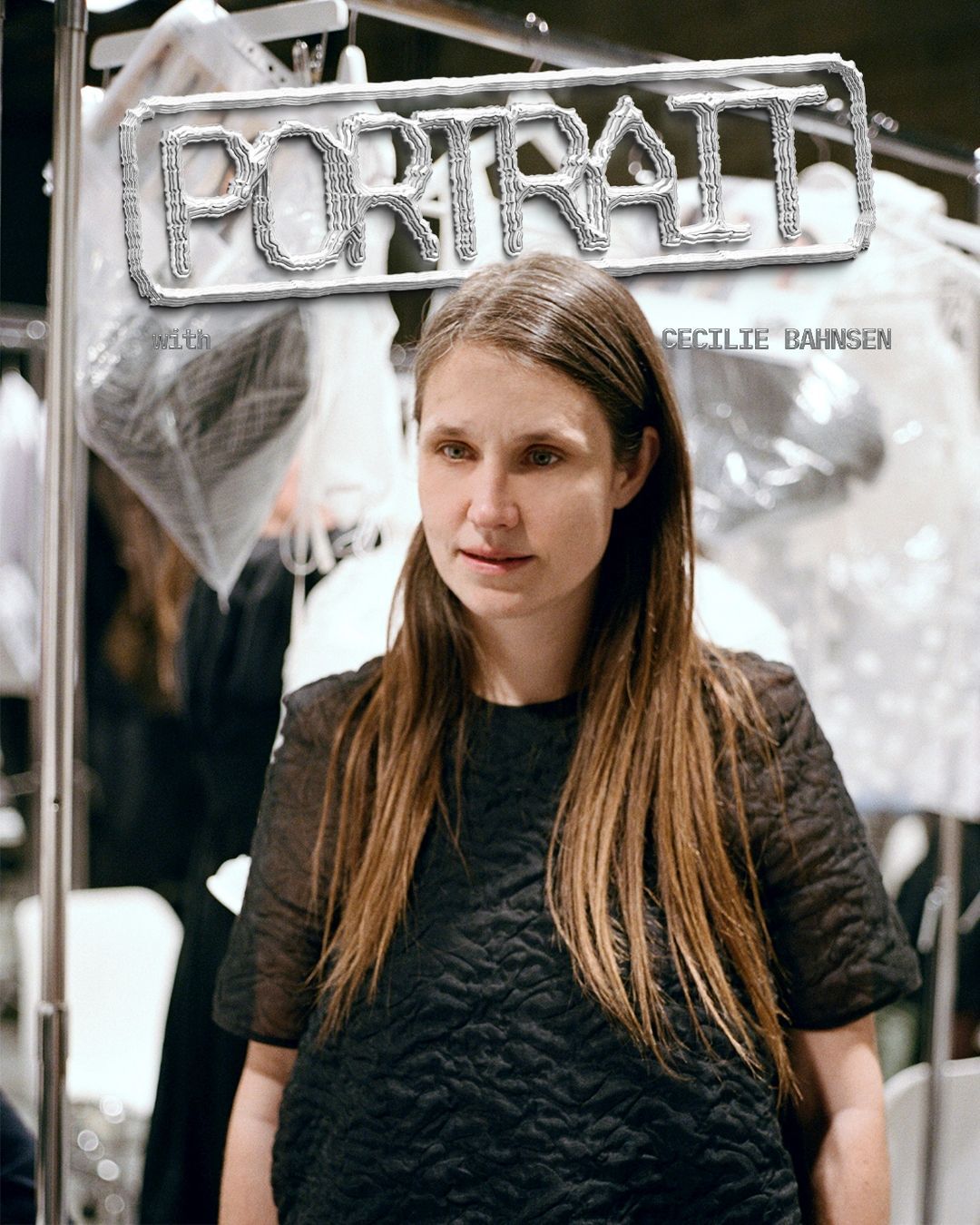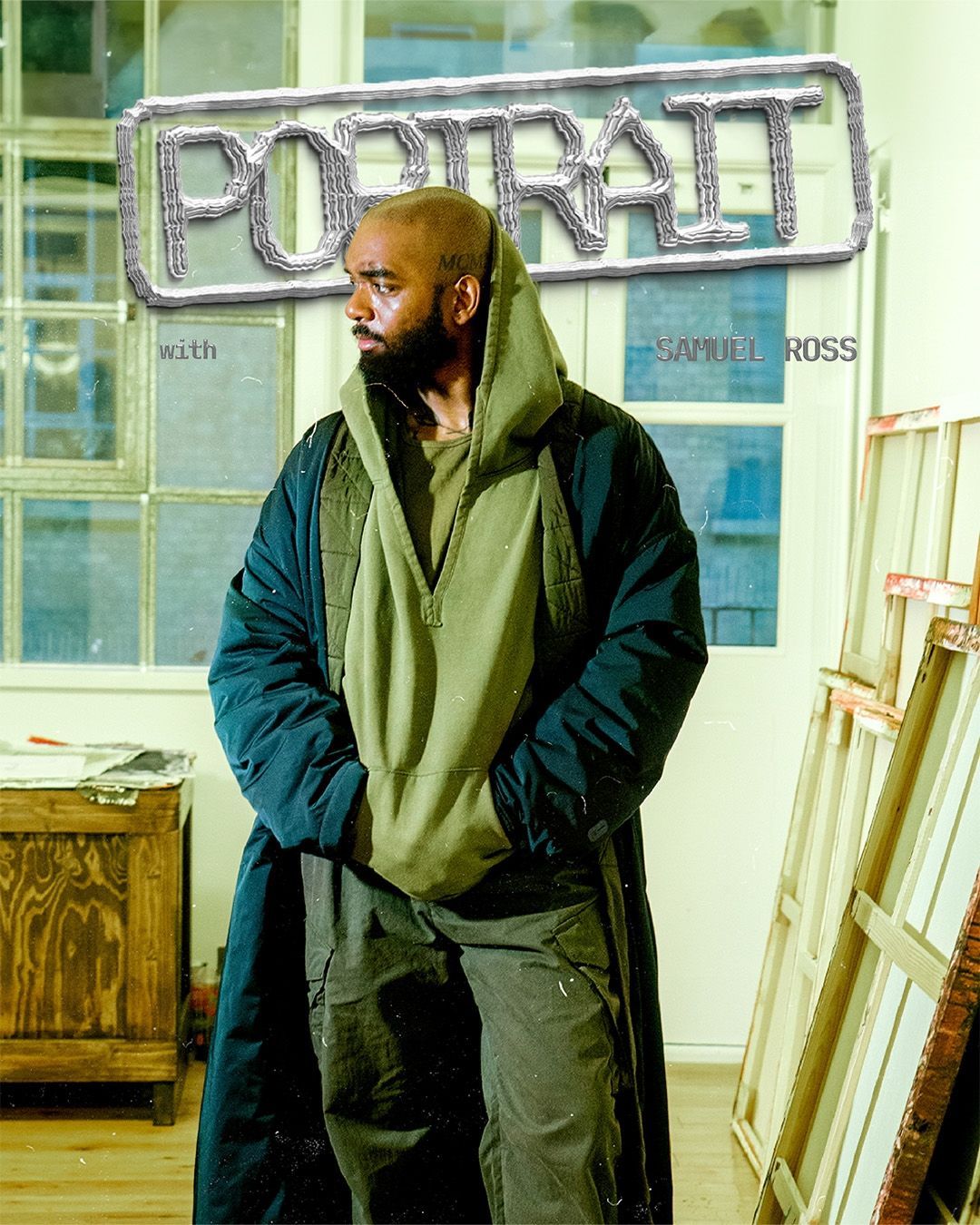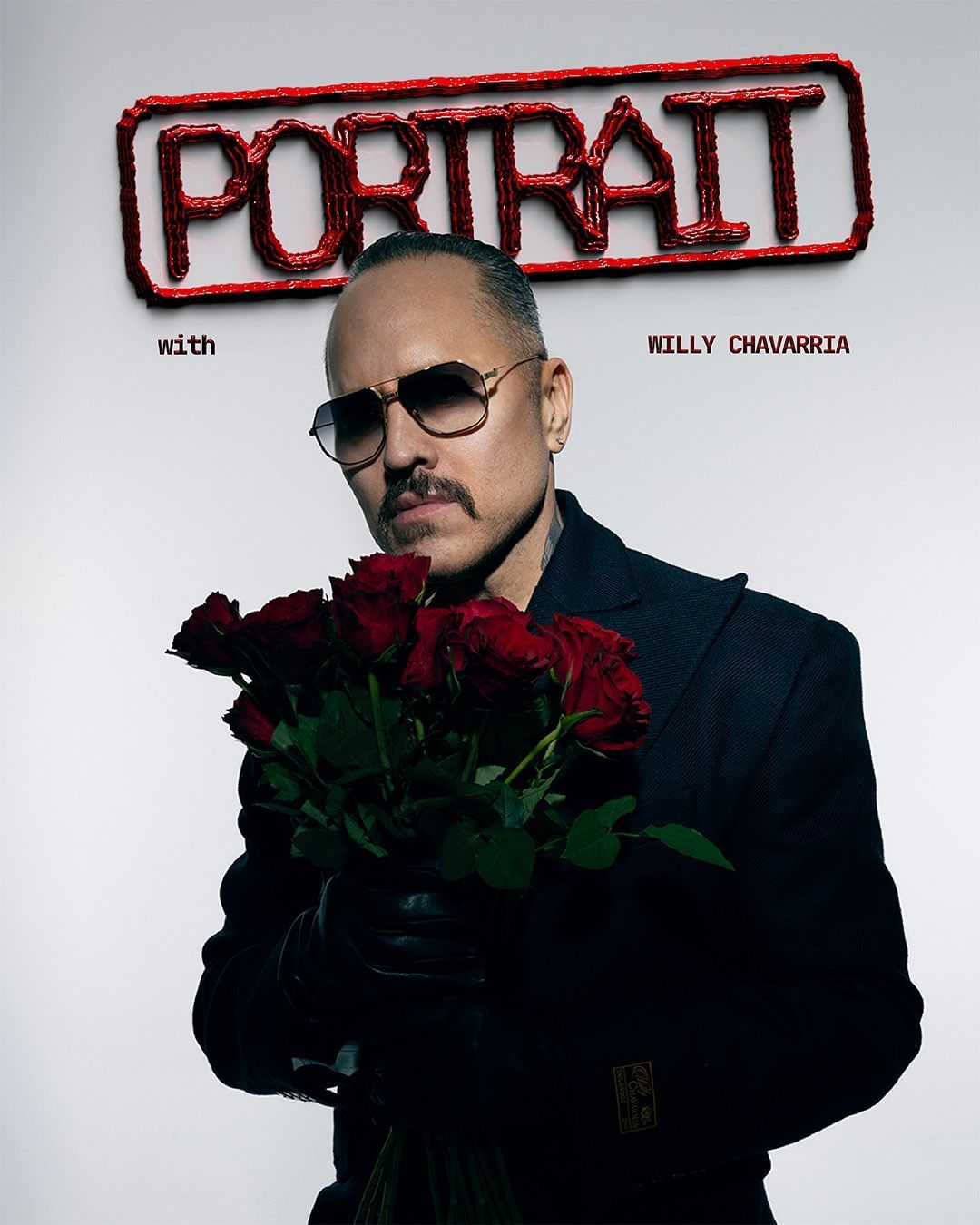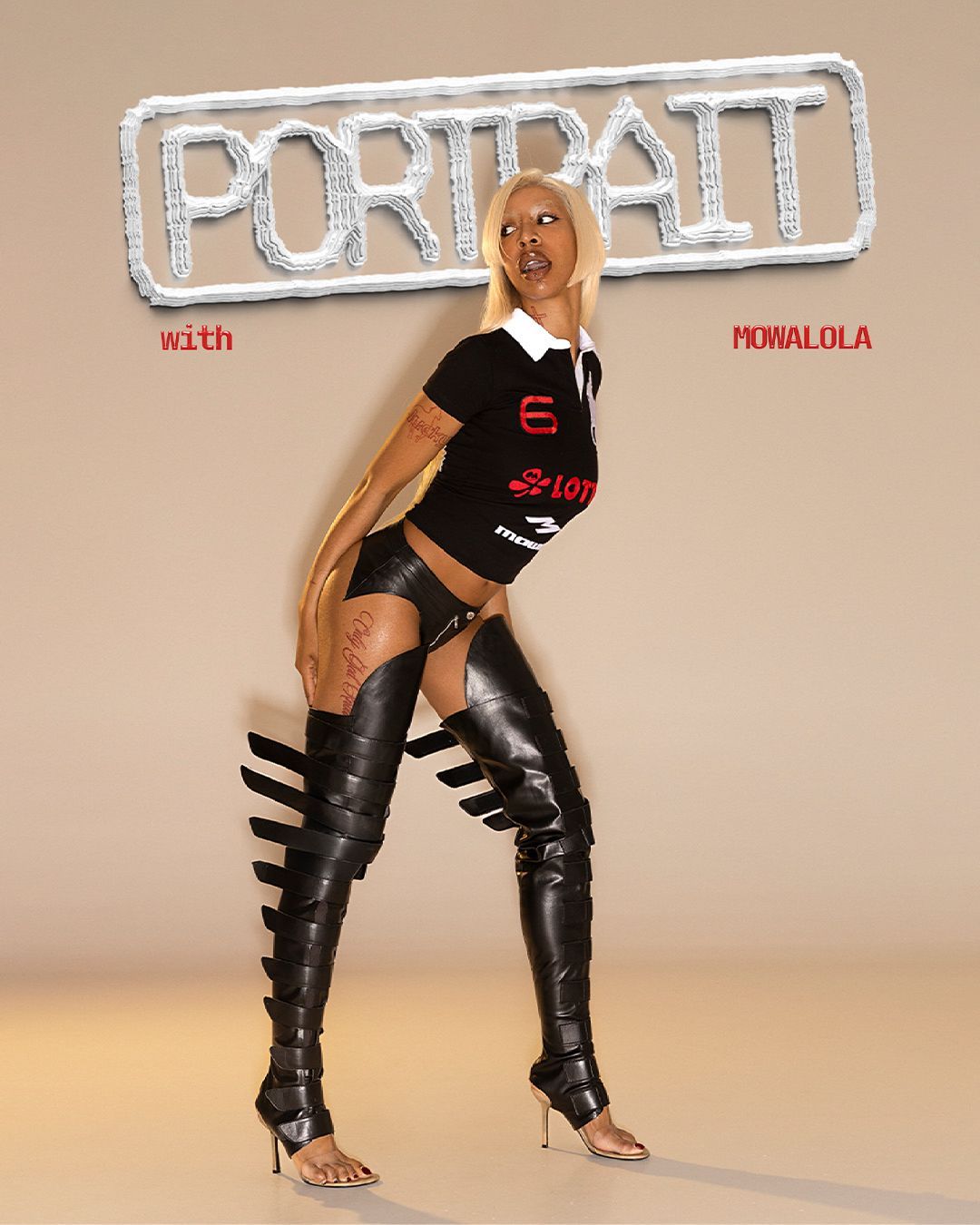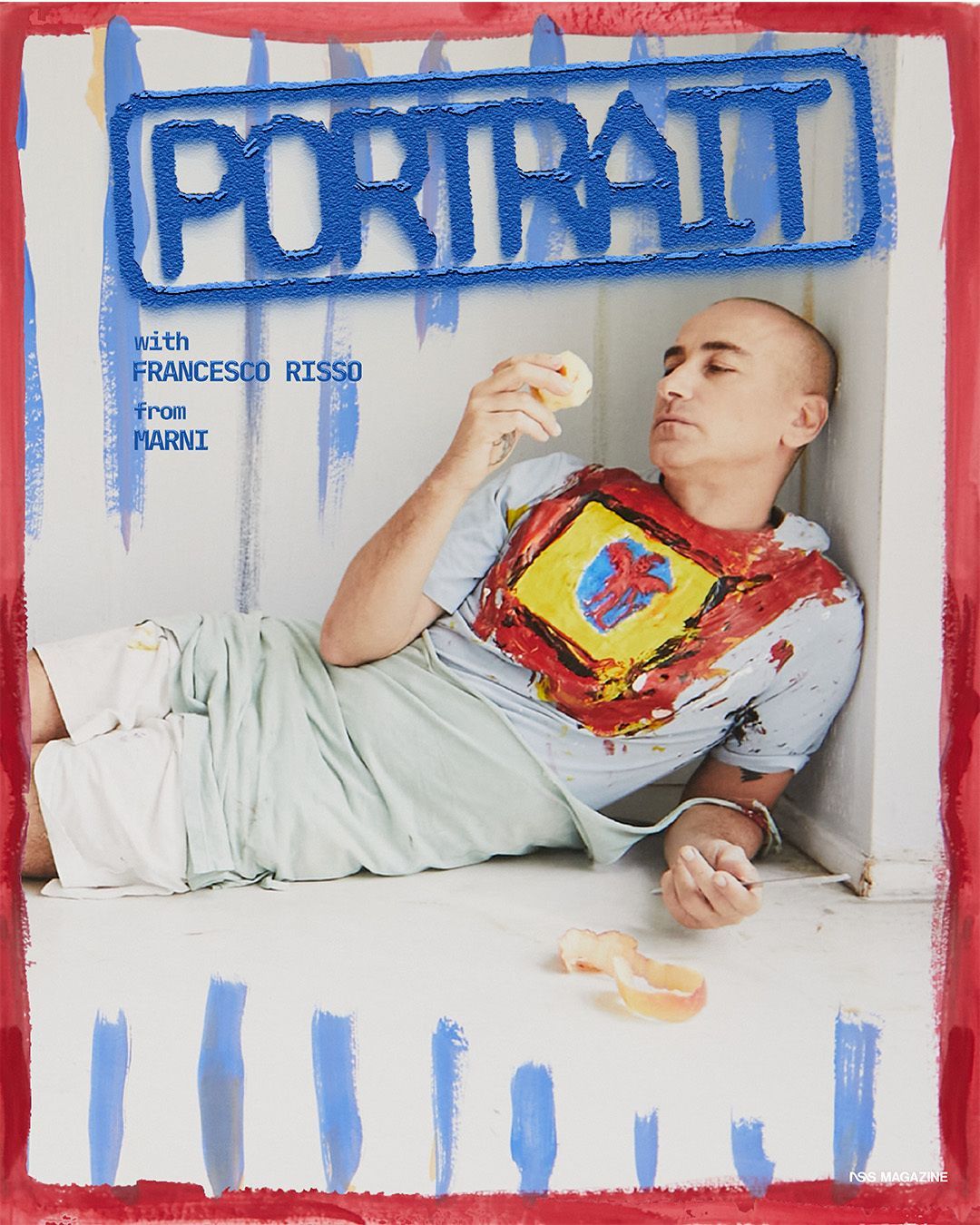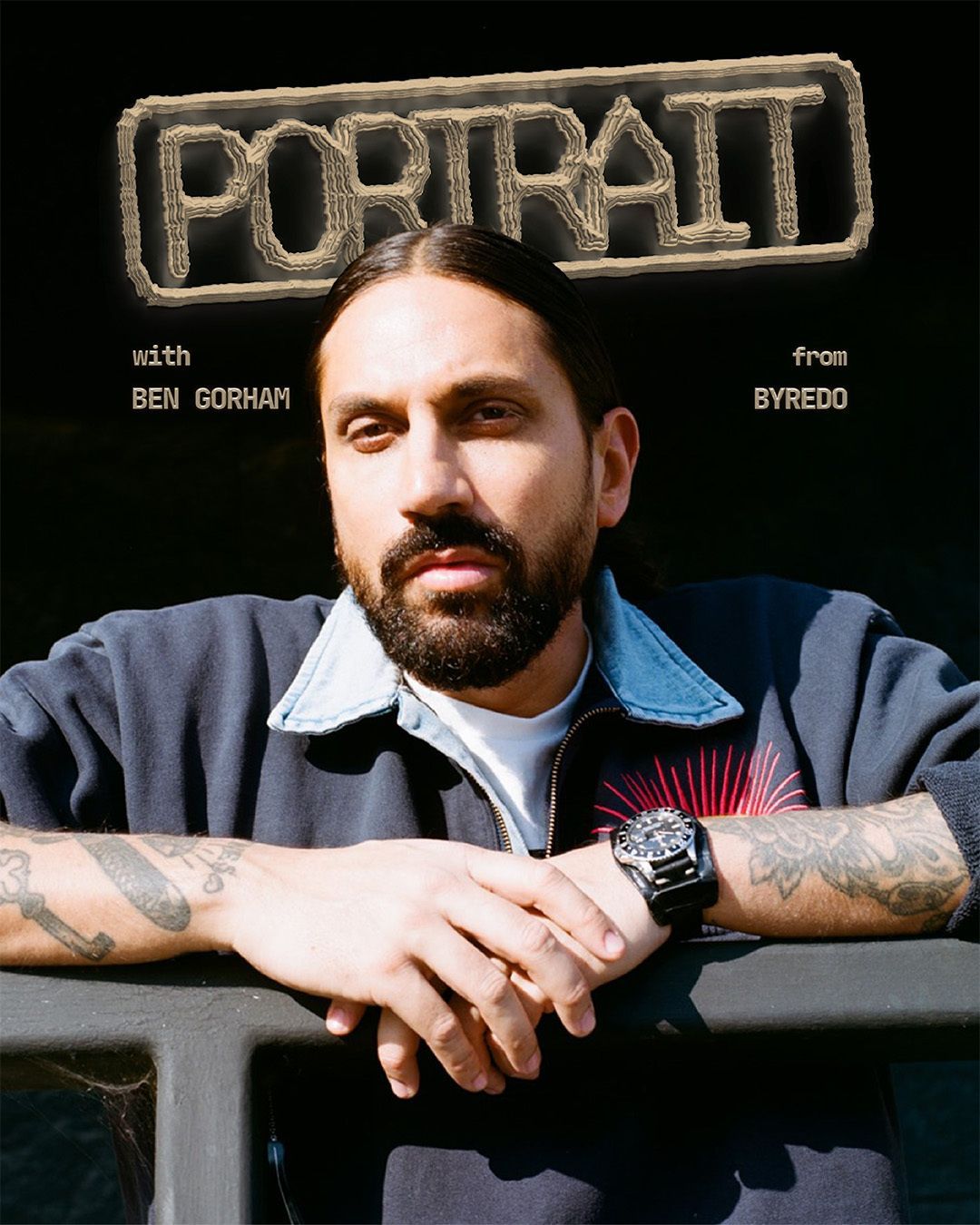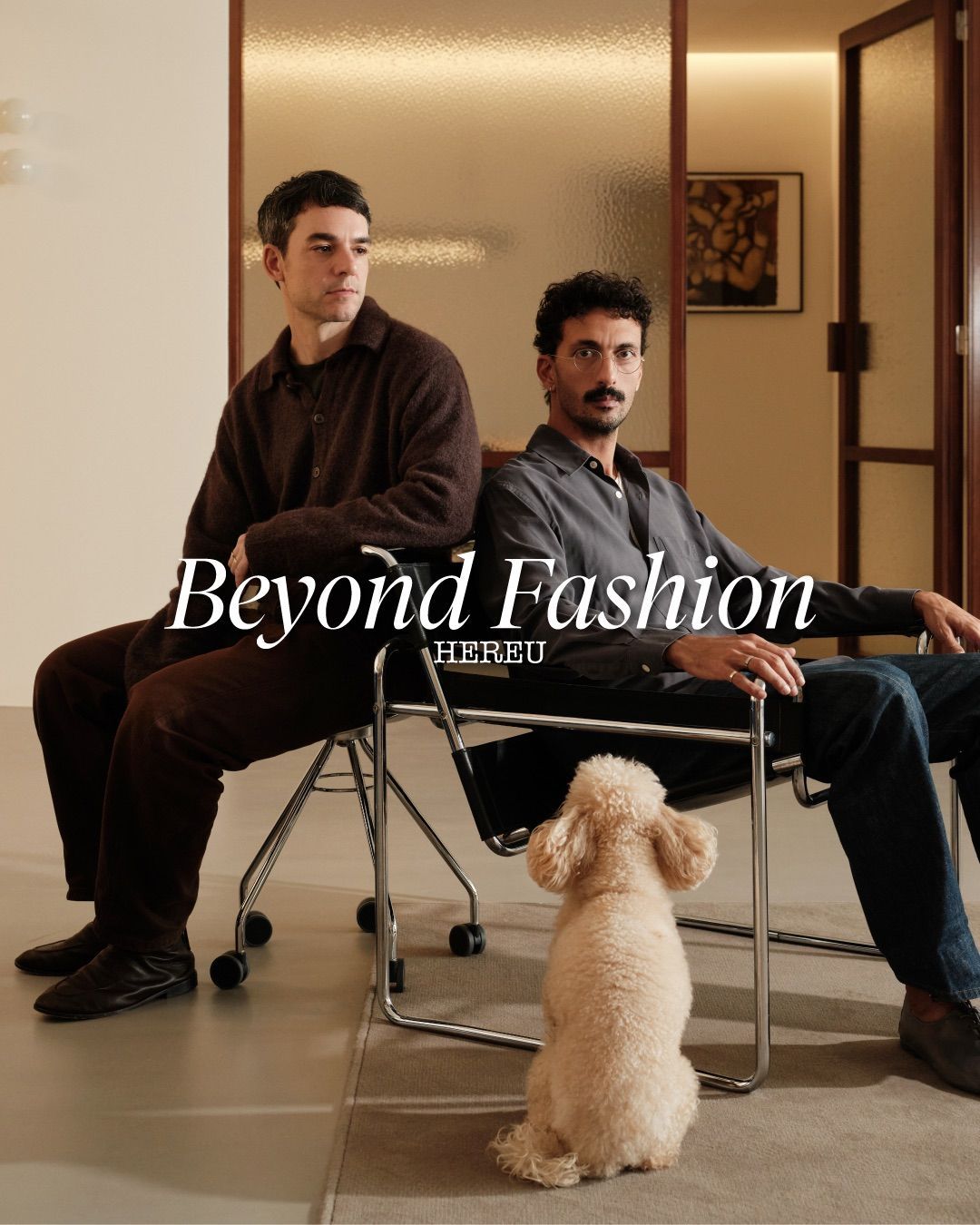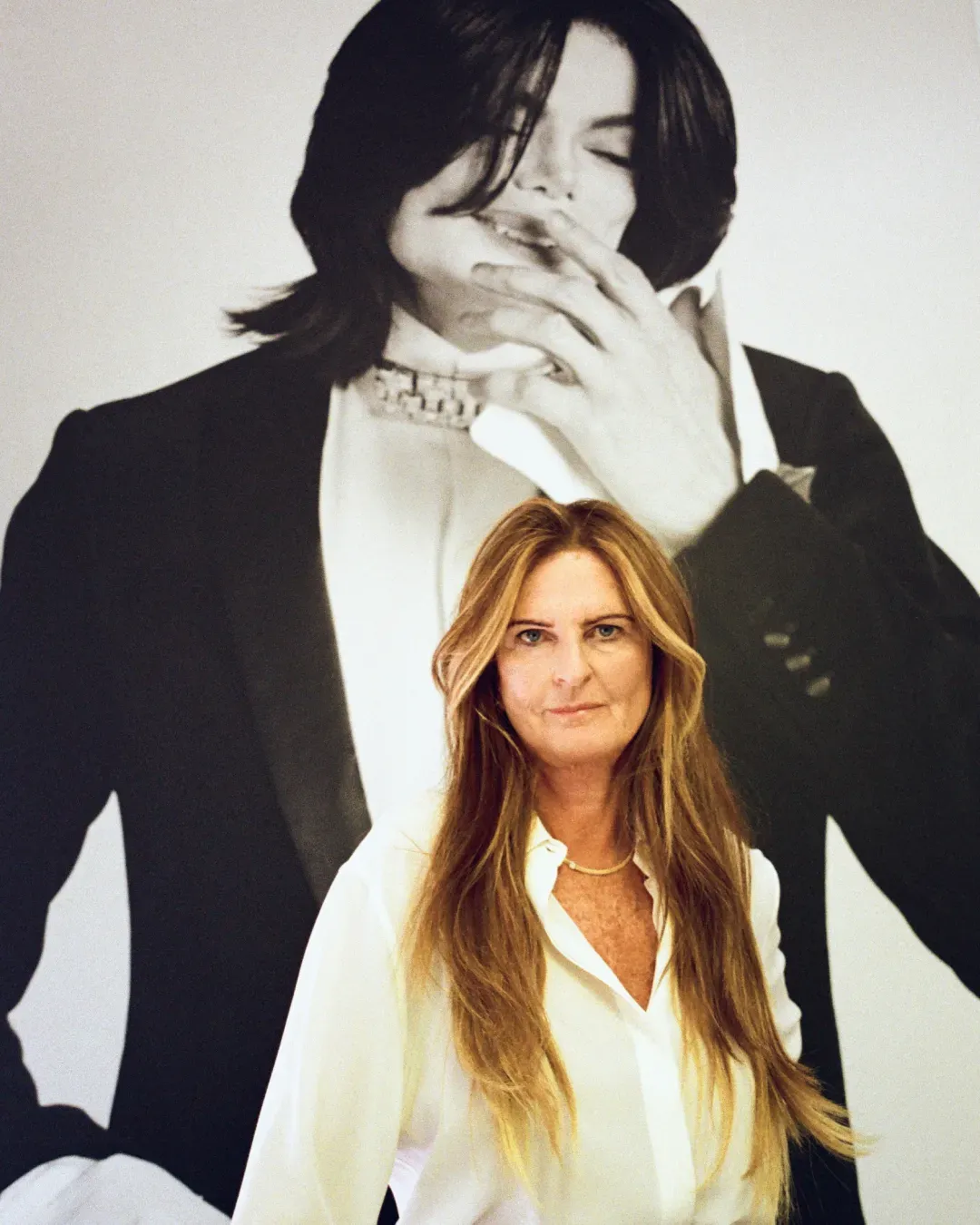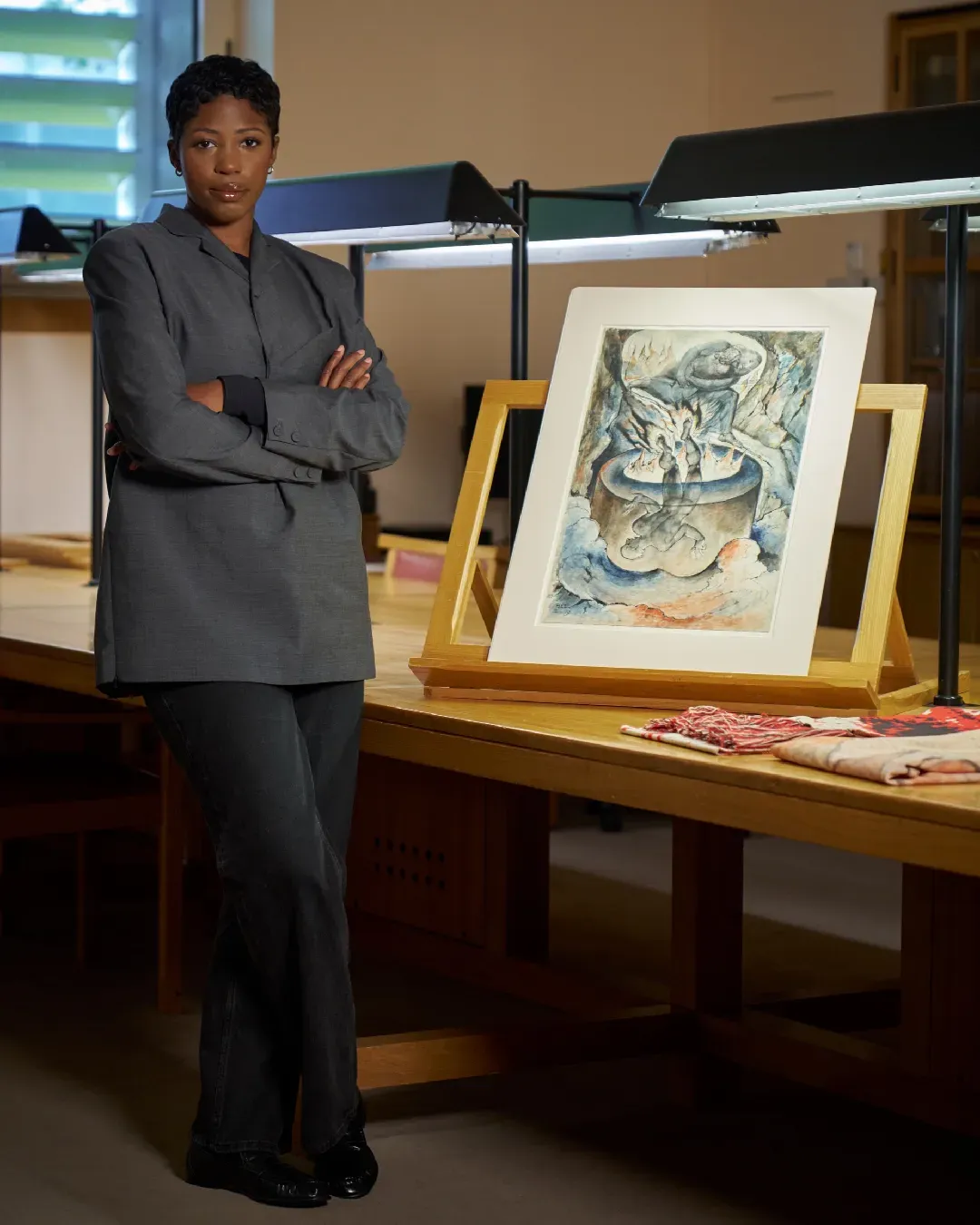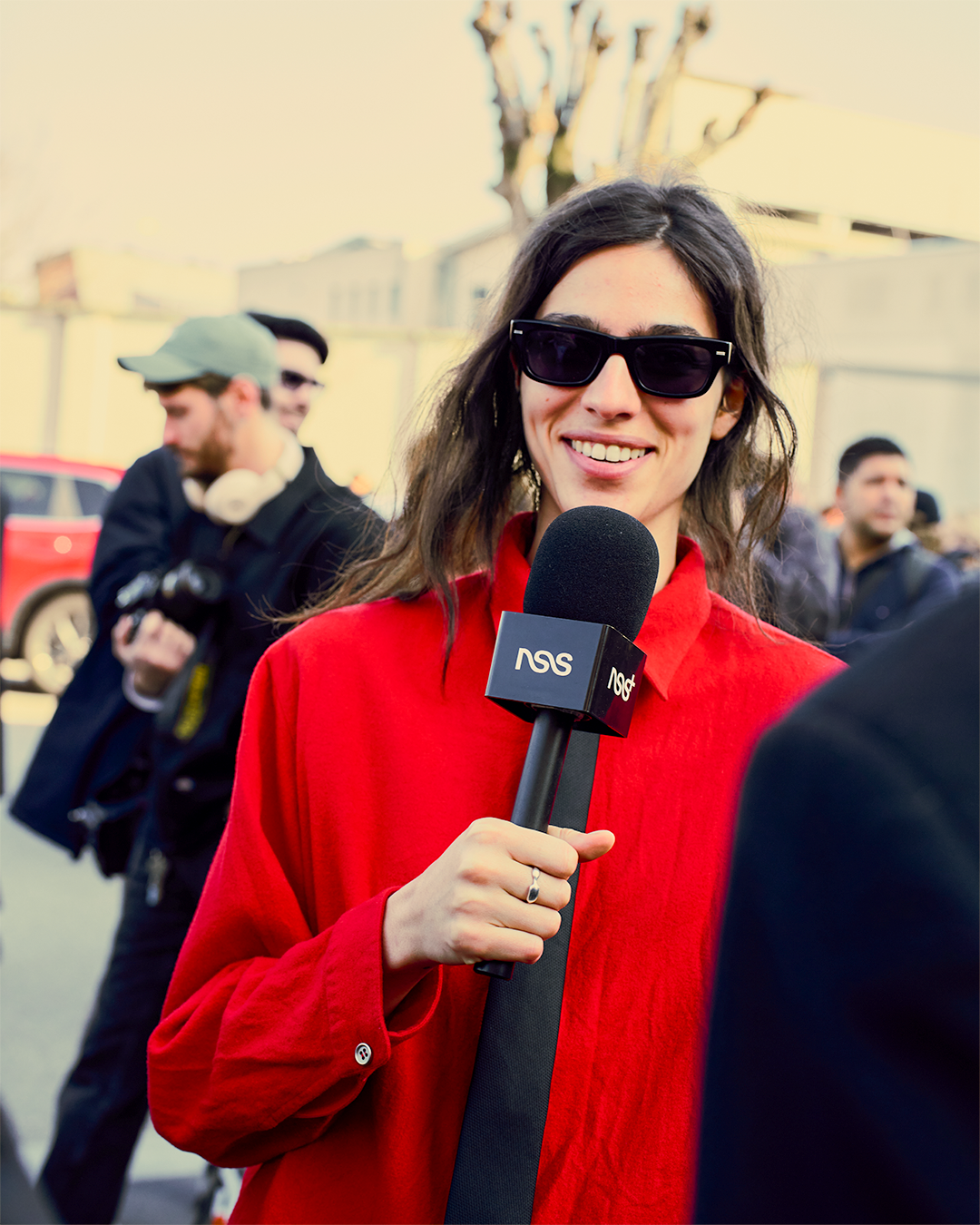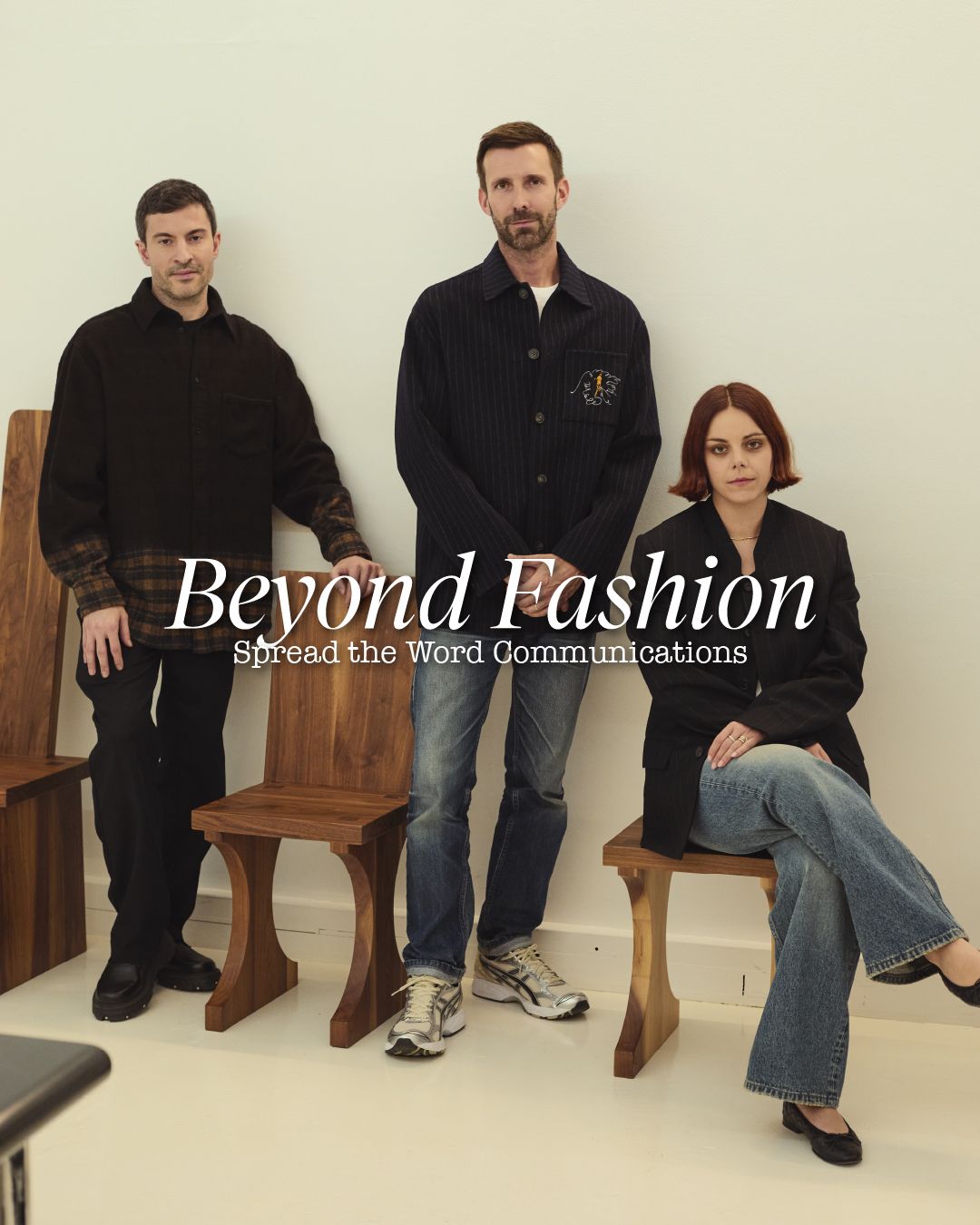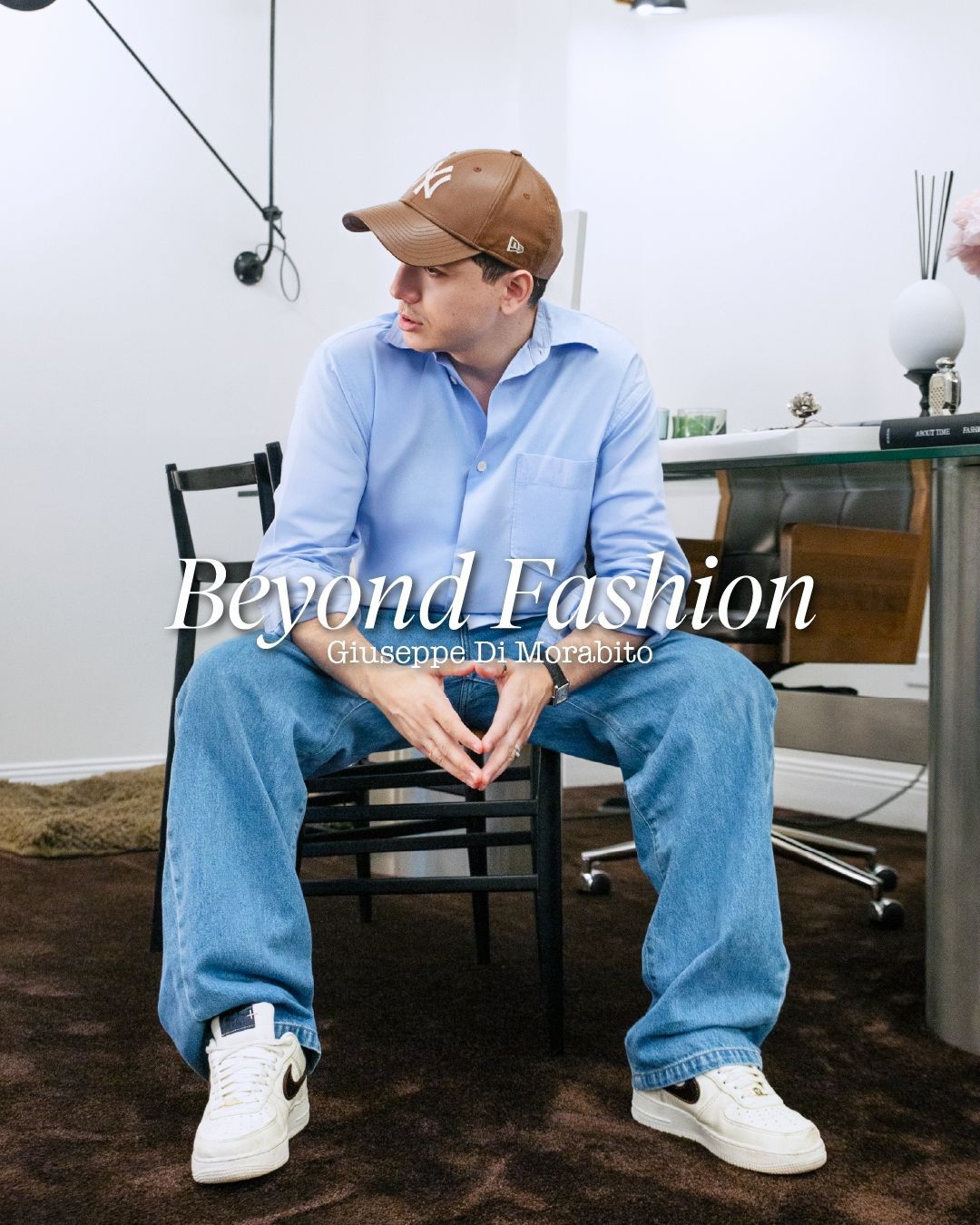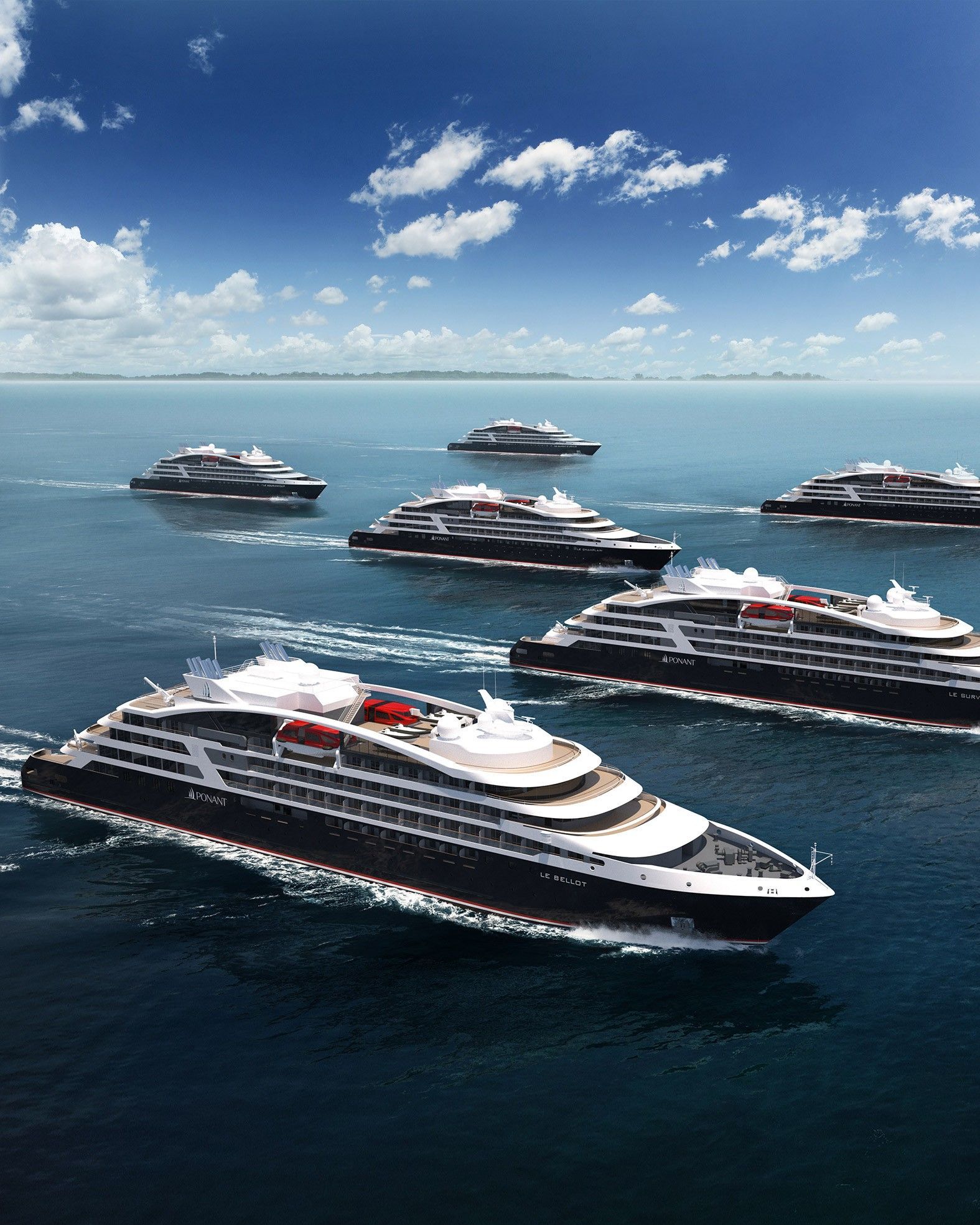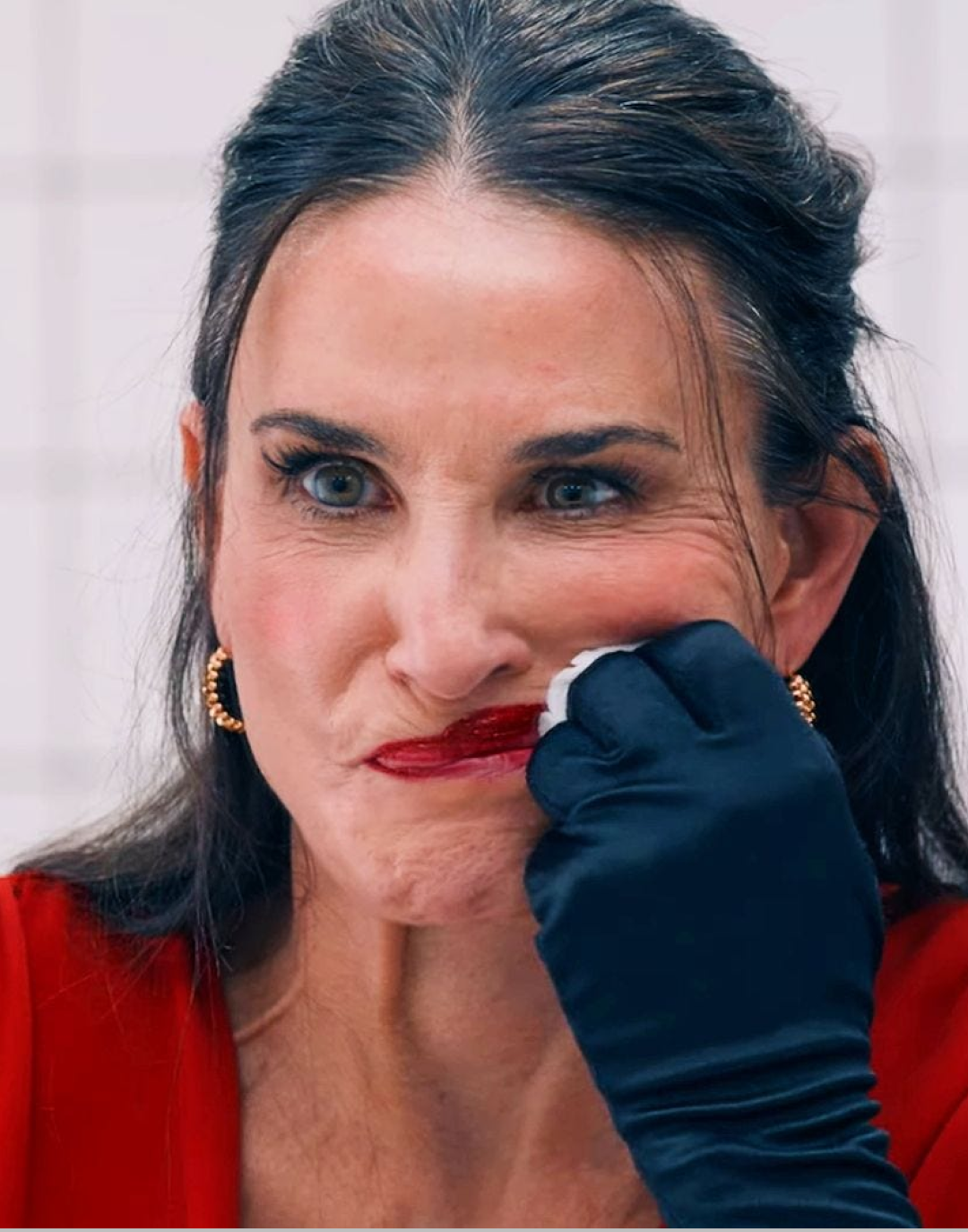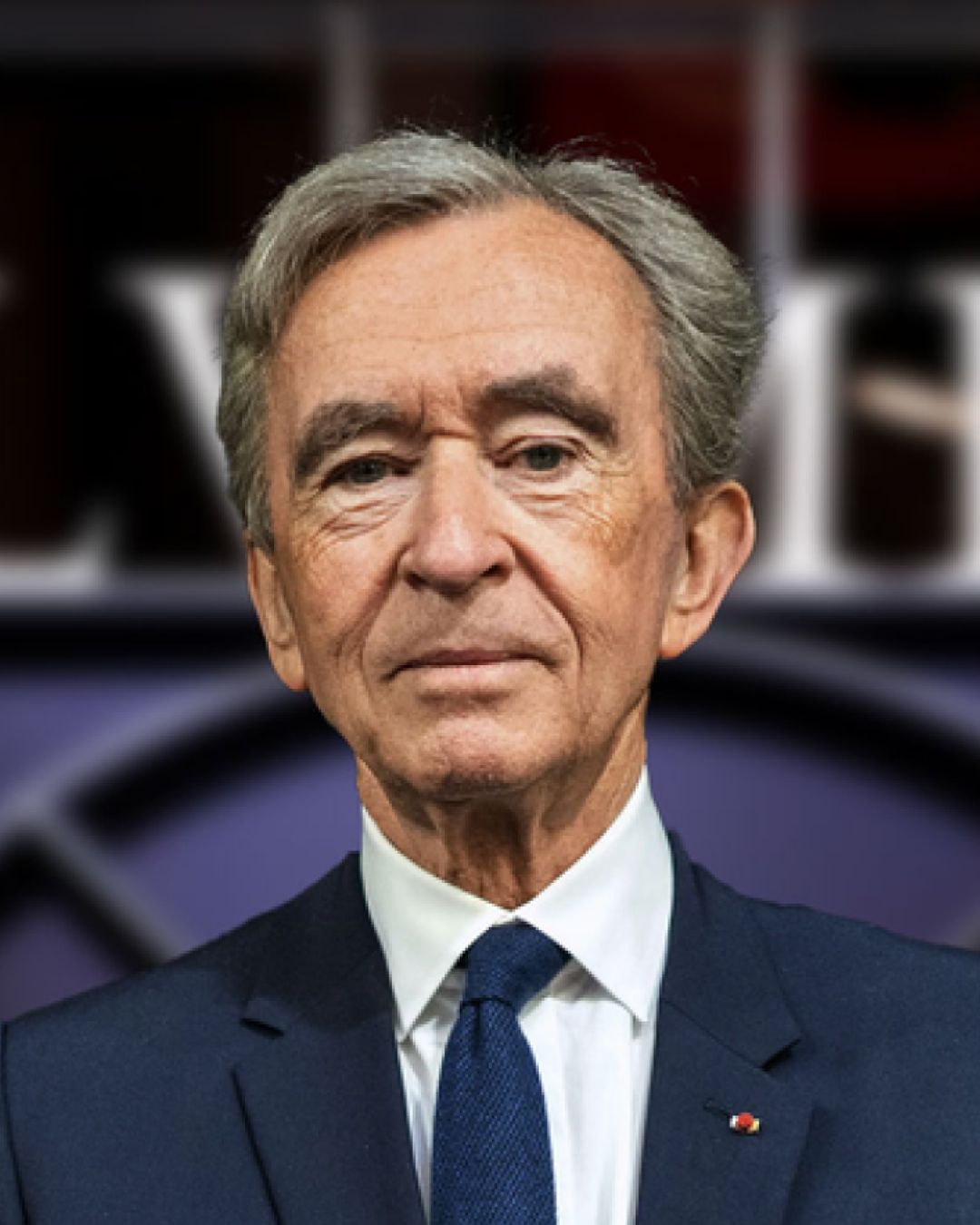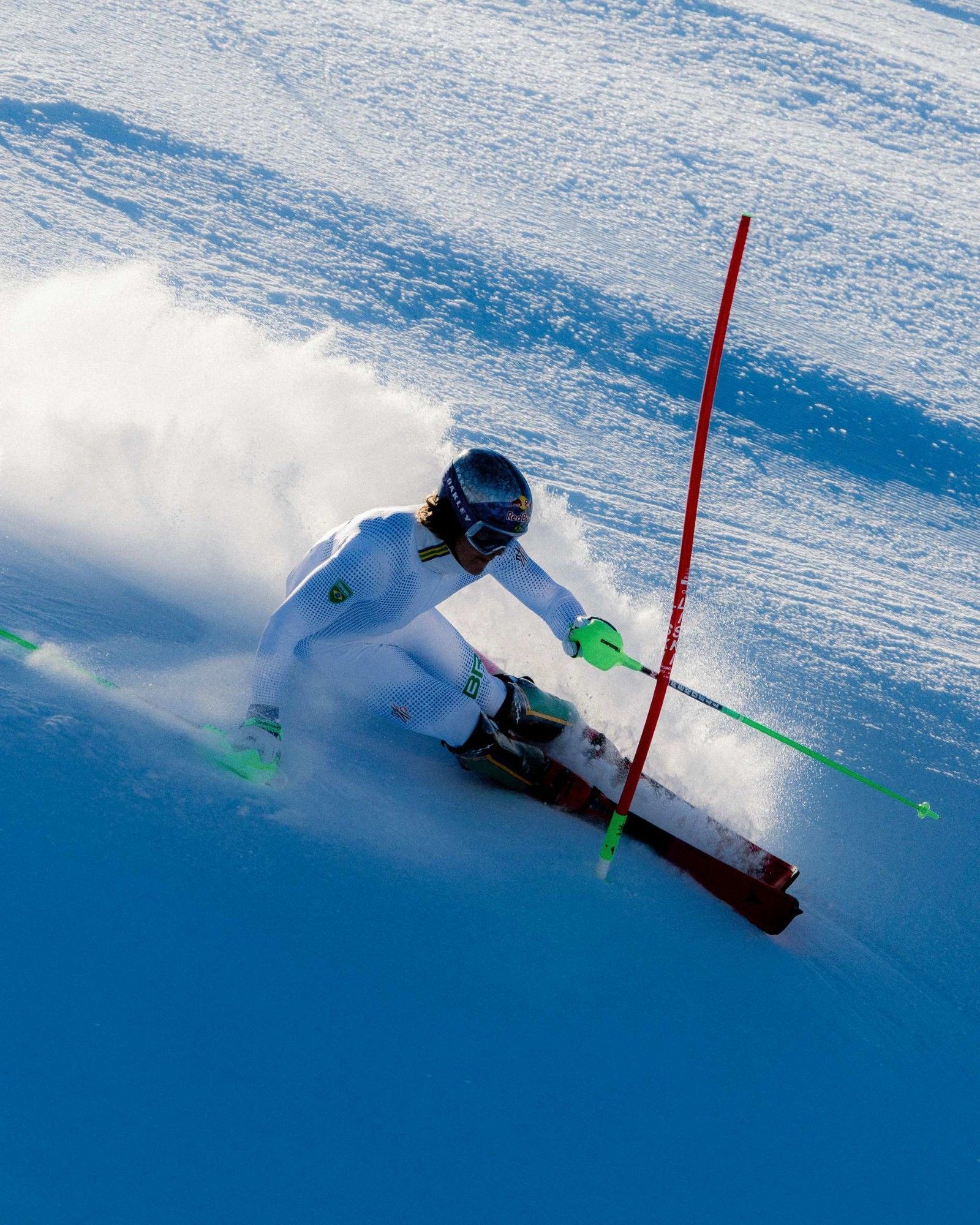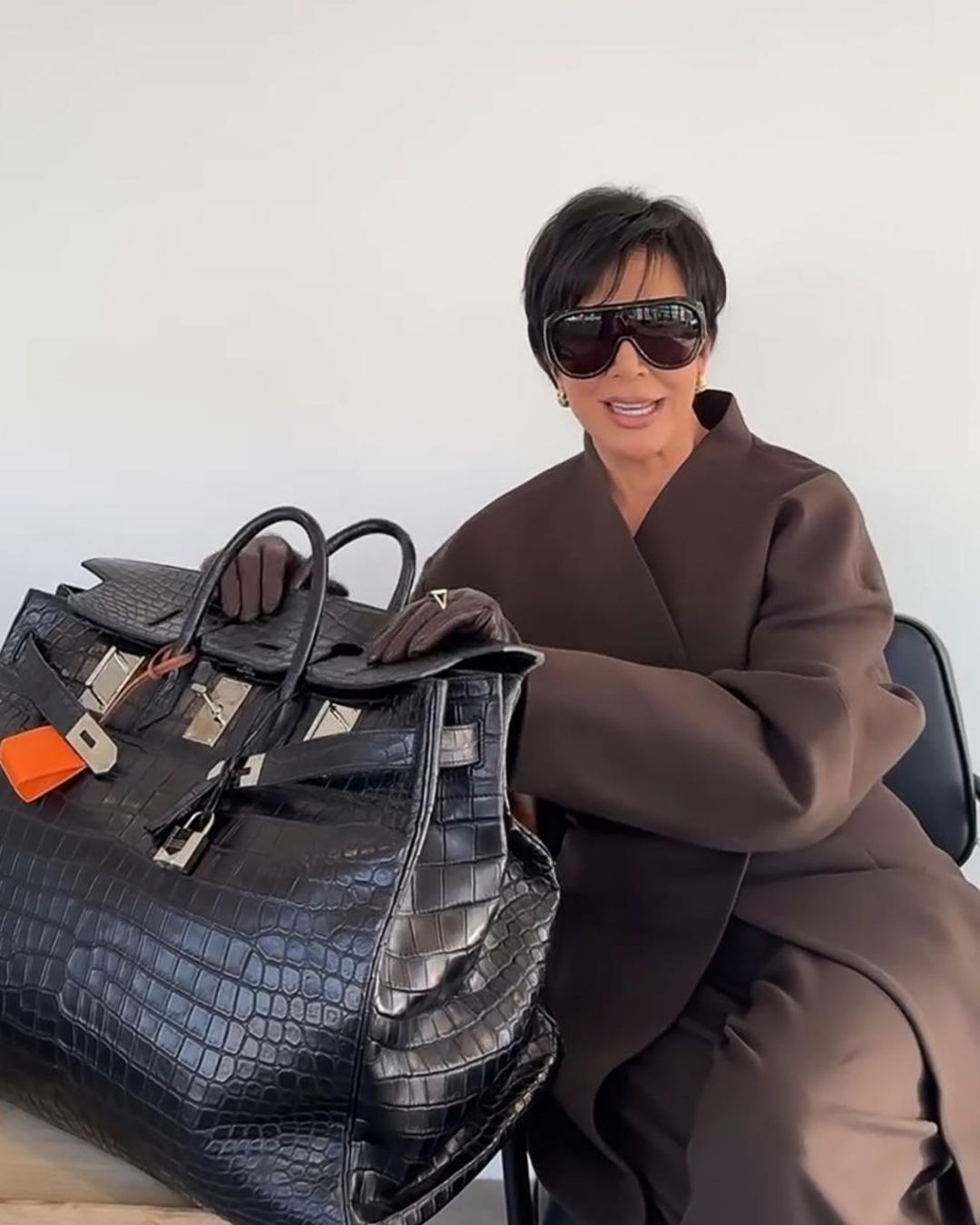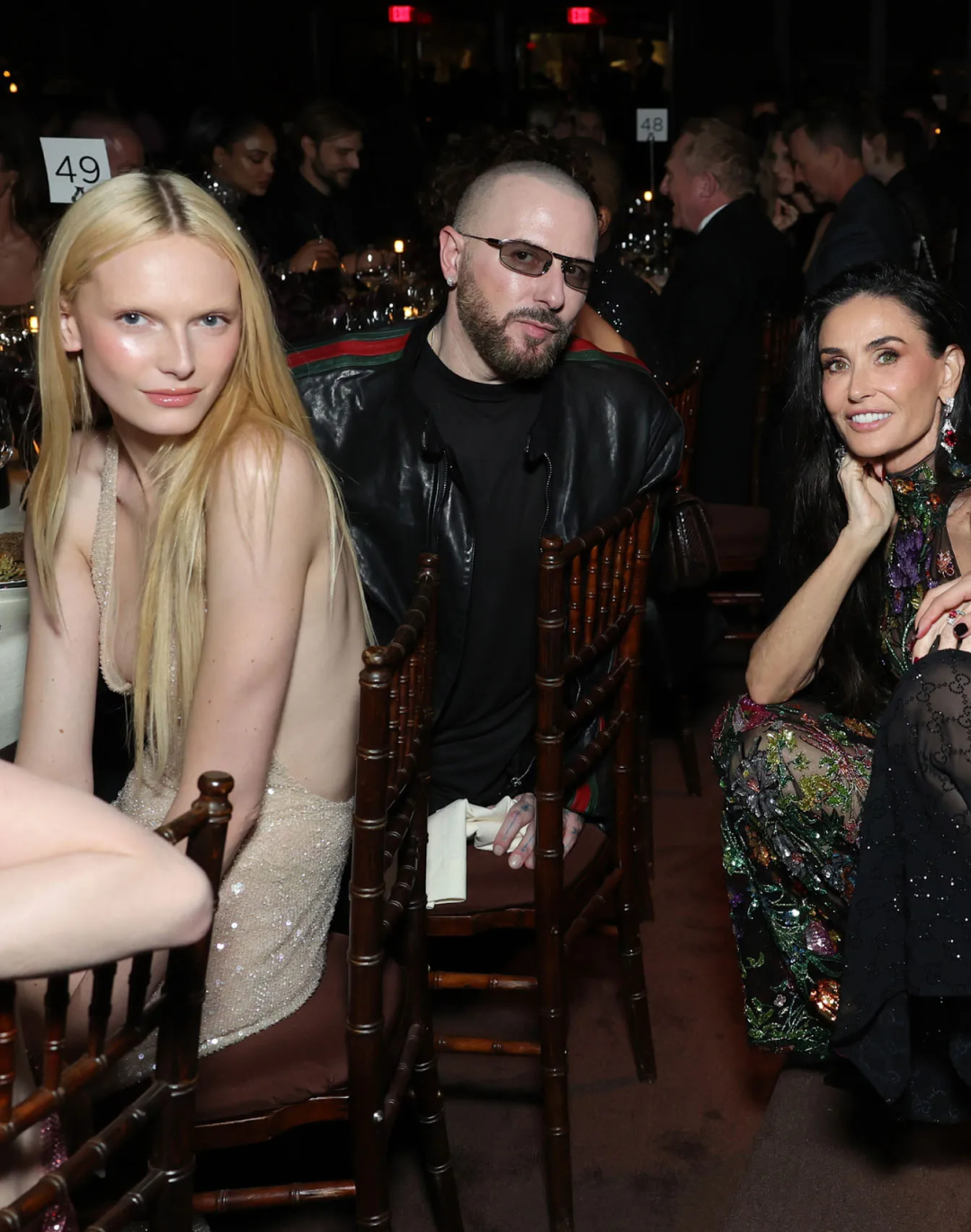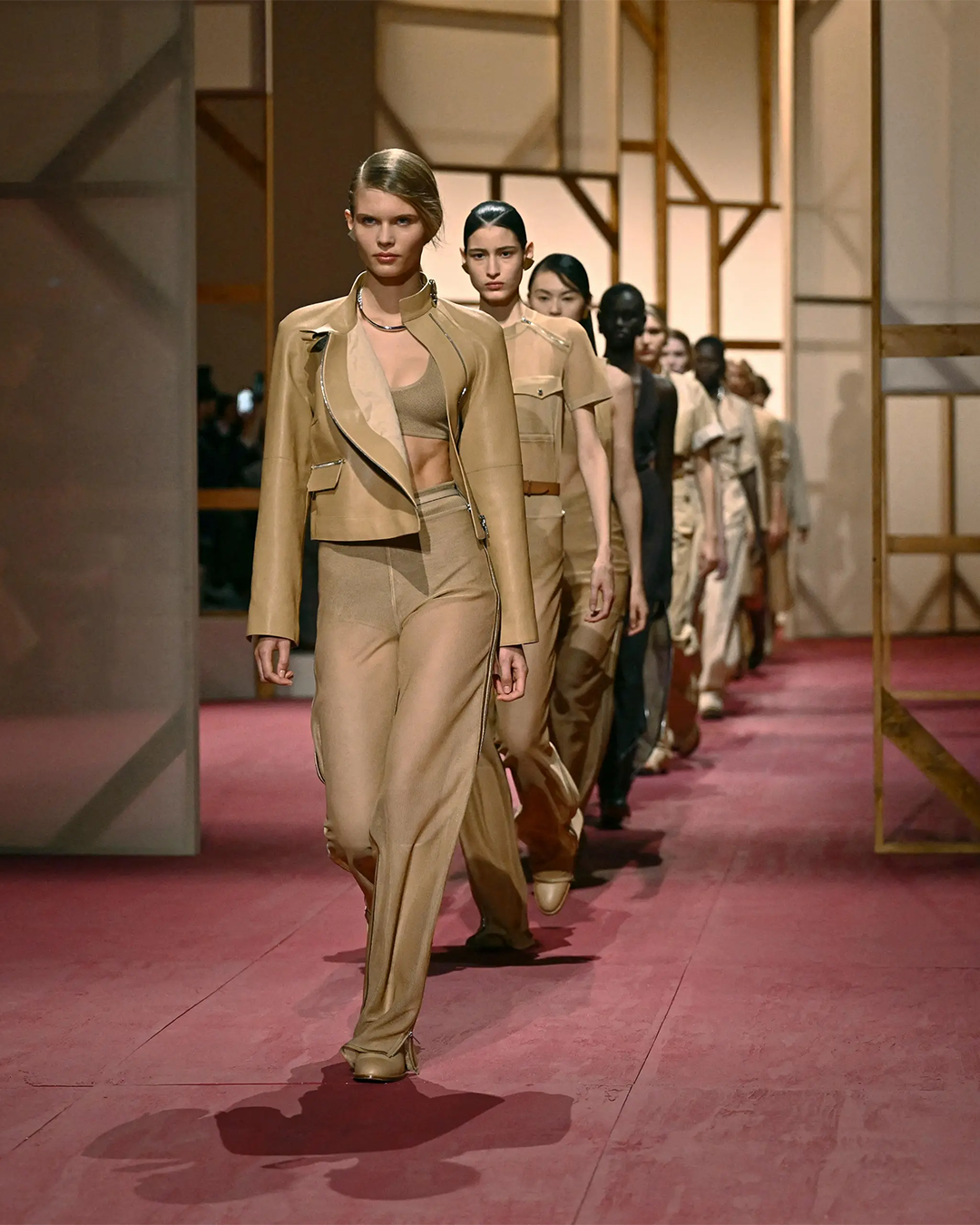
The ultra-luxury segment is thriving Confirmed by year-end reports of Moncler and Hermès
For over a year now, there has been constant talk about the prolonged and turbulent luxury crisis. LVMH had already reported a stagnant situation even during the fourth quarter of 2024, proving that not even the holiday spirit could revive sales. Kering, on the other hand, appears to be the worst-hit group, with its market value almost halved during 2024 (not to mention the Gucci situation). All in all, the luxury wheel keeps turning, but it doesn't seem to bring any positive signals even for 2025. However, when it comes to ultra-luxury, the situation changes dramatically. In recent days, the 2024 financial results of Moncler Group and Hermès International have shown that not only are they unaffected by the crisis, but their results are more than positive, even in China. Moncler closed 2024 with revenues exceeding €3.1 billion, marking a 4% increase compared to the previous year. Hermès, on the other hand, recorded a record-breaking fourth quarter, with revenues surpassing the €4 billion threshold. The truth is simple: when a product is considered a long-term investment and the brand enjoys strong customer loyalty, the crisis is just a minor setback.
@isobellorna_ We manifested this Birkin together Had to get Ania something too… #hermes #birkin #shopping #london A Summer Place - Hollywood Strings Orchestra
Moncler, for instance, not only achieved strong sales but also recorded a +7% growth at constant exchange rates. At a time when several brands are struggling to gain momentum, Moncler has recorded double-digit growth in China, thanks to well-targeted initiatives such as capsule collections and impactful events. The most notable was the Moncler Genius event in Shanghai, which garnered over 67 million views, confirming the brand's appeal in a crucial and rapidly evolving market. Overall, the Asian market – including Japan and South Korea – recorded a 7% increase, further accelerating to 11% in the last quarter, indicating growing interest in the brand. Hermès, for its part, closed 2024 with sales reaching €15.2 billion, reflecting a 15% increase. The real highlight came in the last quarter, with an 18% surge that far exceeded analysts' initial estimates. Icons like the Birkin and Kelly bags continue to be coveted items, maintaining high demand even during periods of economic uncertainty. Hermès also benefited from an expansion strategy in the Middle East, taking direct control of several stores in the United Arab Emirates and achieving an impressive +123% growth in the region. Meanwhile, the United States contributed with a 22% increase in sales, supported by new store openings and a clientele still highly interested in the brand's latest offerings. Although Europe does not boast figures as high as the Middle East, it still recorded a 20% increase, driven largely by the recovery of international tourism and renewed enthusiasm for high-end products.
These data highlight a growing gap between traditional luxury and ultra-exclusive luxury: while LVMH and Kering face sluggish sales, Moncler and Hermès show significant vitality. Part of this difference lies in the ability to build a strong and impactful brand image, supported by events and collaborations with renowned designers and artists. Moncler, more than any other brand in the past year, has found the perfect balance between heritage and innovation, from the mega-event during Shanghai Fashion Week to the upcoming show in Courchevel, capitalizing on a historical moment when skiing and the entire culture around luxury mountain destinations have come back into vogue. Similarly, Hermès remains one of the most desirable brands in the world, thanks to a mix of artisanal tradition, limited production, and an aura of exclusivity that attracts buyers regardless of global economic fluctuations. Over the past year, Hermès and Chanel have shown strong brand reputation retention in China, indicating that among all luxury brands (particularly in leather goods), there would be no significant setbacks or fluctuations as seen with competitors.
@itiscarine shopping for my dream watch at @Cartier #luxuryshopping #shoppingvlog #cartierwatch #luxurywishlist #cartierbaignoire #cartier #capcut original sound - itiscarine
Thanks to these elements, the ultra-luxury segment not only seems to withstand the challenges but even thrives during times of general uncertainty. The offering caters to an extremely niche audience that is receptive to unique products and experiences, where high prices are not a deterrent but rather an additional mark of prestige. While traditional luxury must contend with a broader audience subject to economic fluctuations and shifting purchasing priorities, ultra-luxury captures a niche that continues to invest in quality and status. As a result, profit margins remain high, allowing for reinvestment in research, collaborations, and new international openings. Another clear example is the positive results of Richemont in the fourth quarter, which reported a 10% increase in high jewelry sales, a segment reserved for the top 1% of the 1%.
What I’d do for a black birkin 25 right now…or mini Kelly.
— Glamorizing Tech (@princessxap) January 1, 2025
Looking ahead to the coming months, the performance gap between luxury and ultra-luxury may widen even further, especially if the economic situation continues to challenge high-end consumption but not the top-tier segment. However, the lesson from brands like Moncler and Hermès is that a solid brand identity, combined with a strategy based on exclusive and highly desirable offerings, can make all the difference. This perspective becomes even more evident when observing the enthusiastic results achieved in complex markets like China, where competition is fierce and consumers are increasingly hesitant to invest in brands that seek attention without authenticity. However, success remains assured for Maisons, which can grasp consumer sentiments and transform them into new business opportunities, as demonstrated by Bulgari with its Year of the Snake campaign, which is considered one of the few triumphant capsule collections of the Lunar New Year in the luxury landscape. At the same time, the mere fact that top-tier brands continue to deliver positive results indicates that, despite challenges, customers are still willing to purchase and spend. Hopefully, these buying behaviors will ripple through the rest of 2025.


